Maintenance Requirements
- Monthly
- Annually
- Infrequent
 Advanced Wastewater Treatment
Advanced Wastewater Treatment 
STRATEGY: Protect water quality through nutrient load reduction.
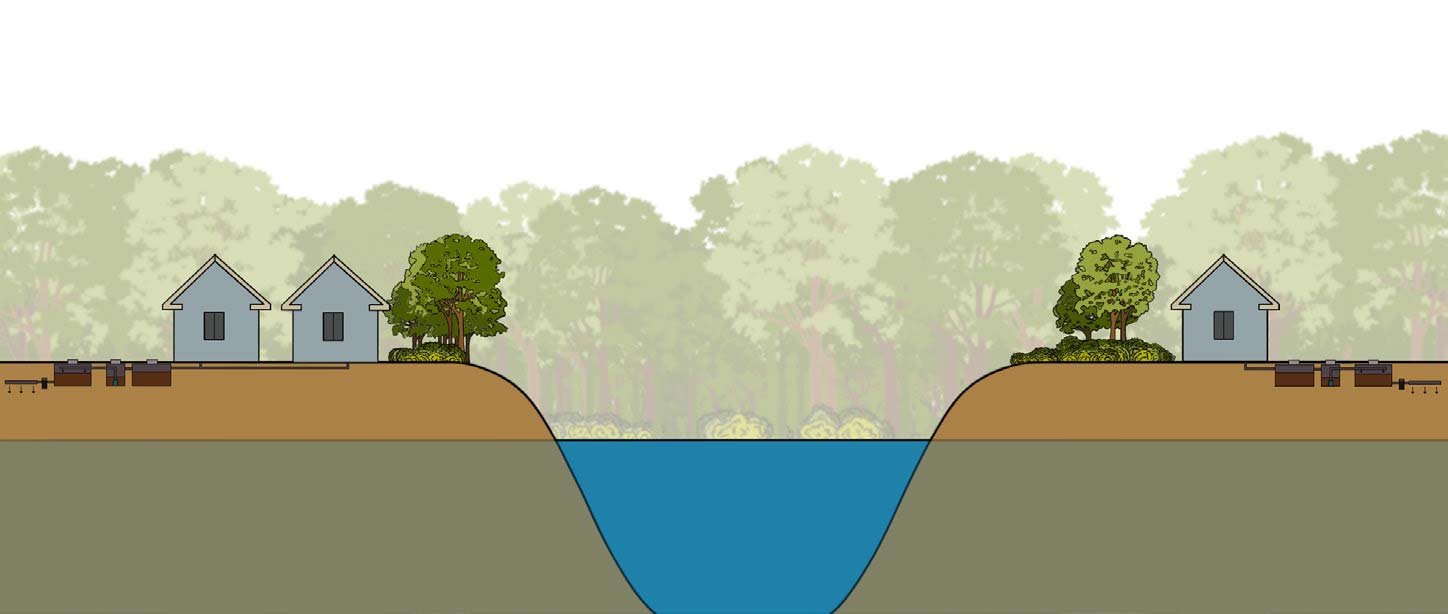
NOTE: Many of these solutions may require local permitting. Please check with your conservation office prior to any activity.
Download Full Fact Sheet | Download Complete Set of All Fact Sheets
 Algae Harvesting
Algae Harvesting 
STRATEGY: Reduce excess levels of algae.
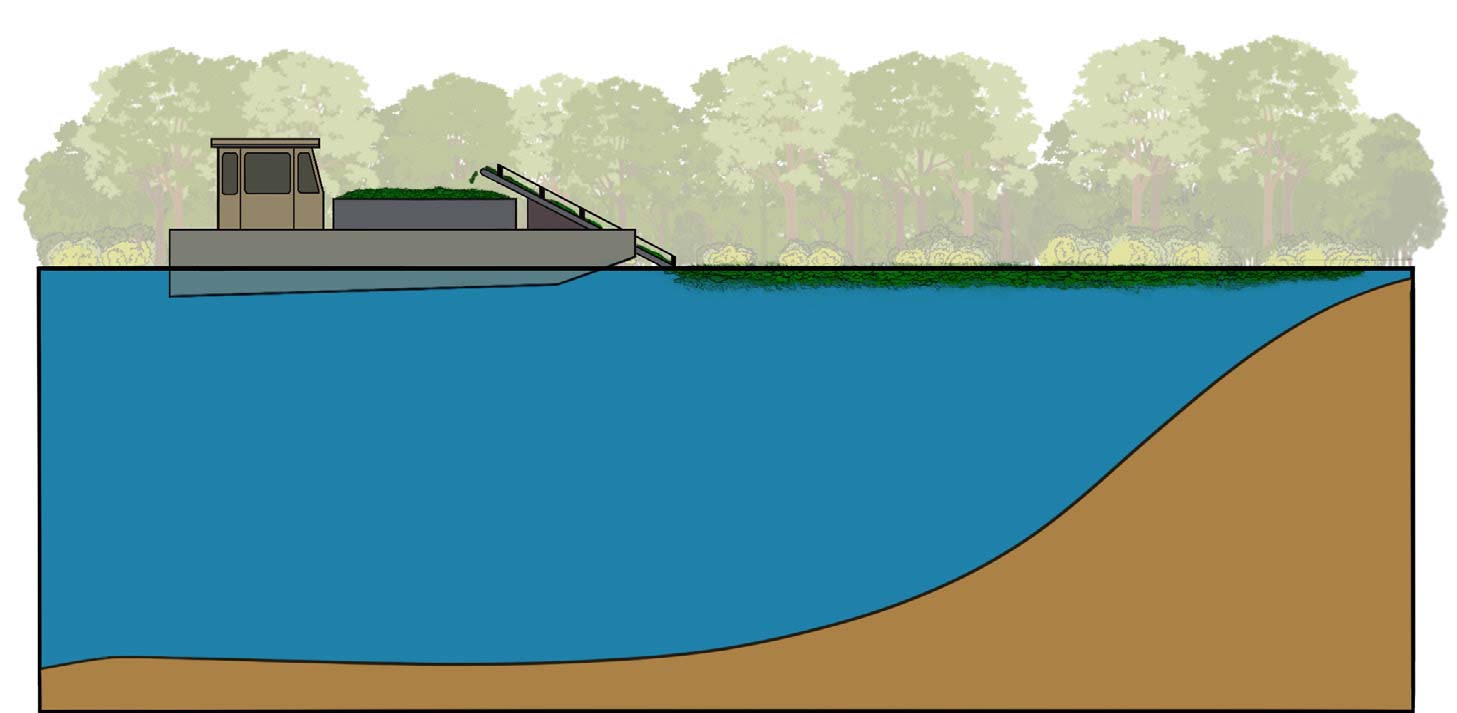
NOTE: Many of these solutions may require local permitting. Please check with your conservation office prior to any activity.
Download Full Fact Sheet | Download Complete Set of All Fact Sheets
 Algaecide
Algaecide 
STRATEGY: Reduce excess levels of algae.
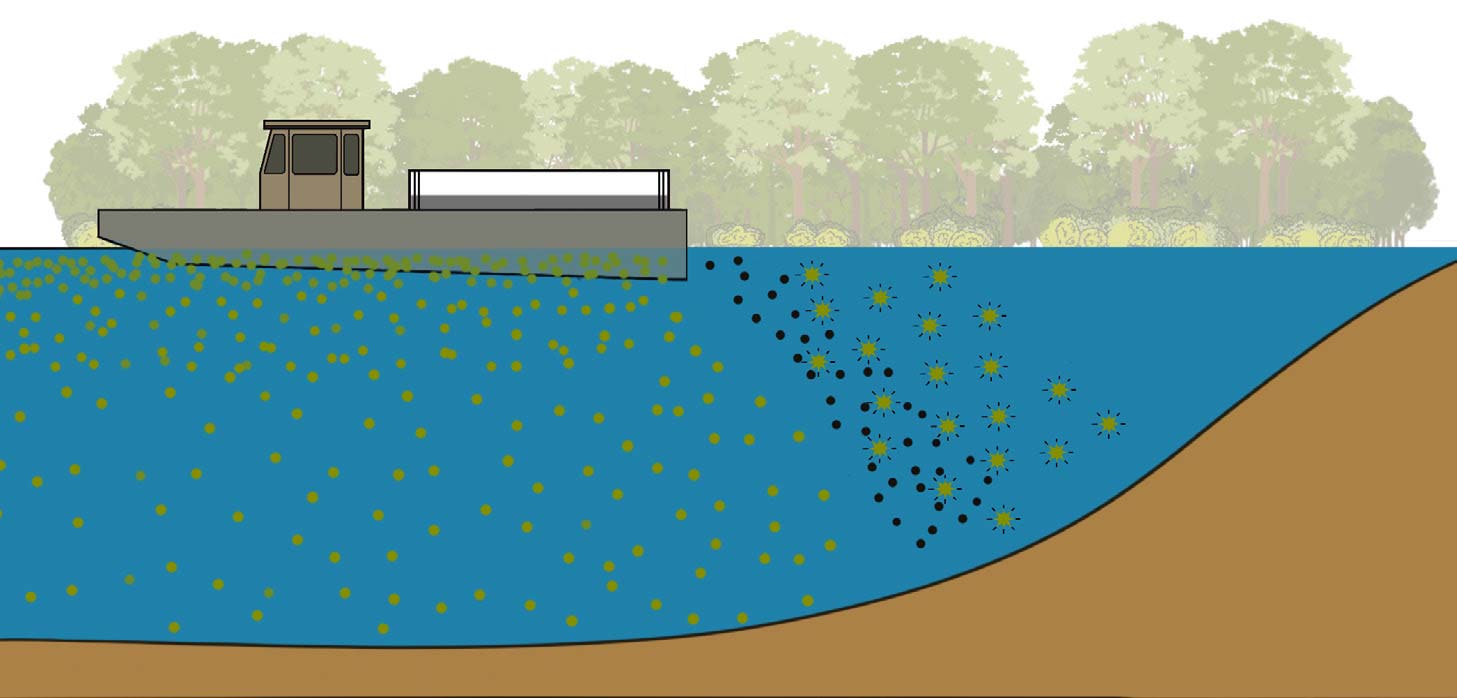
NOTE: Many of these solutions may require local permitting. Please check with your conservation office prior to any activity.
Download Full Fact Sheet | Download Complete Set of All Fact Sheets
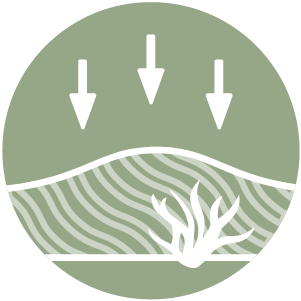 Benthic Barriers
Benthic Barriers 
STRATEGY: Reduce excess levels of nuisance or invasive aquatic species.
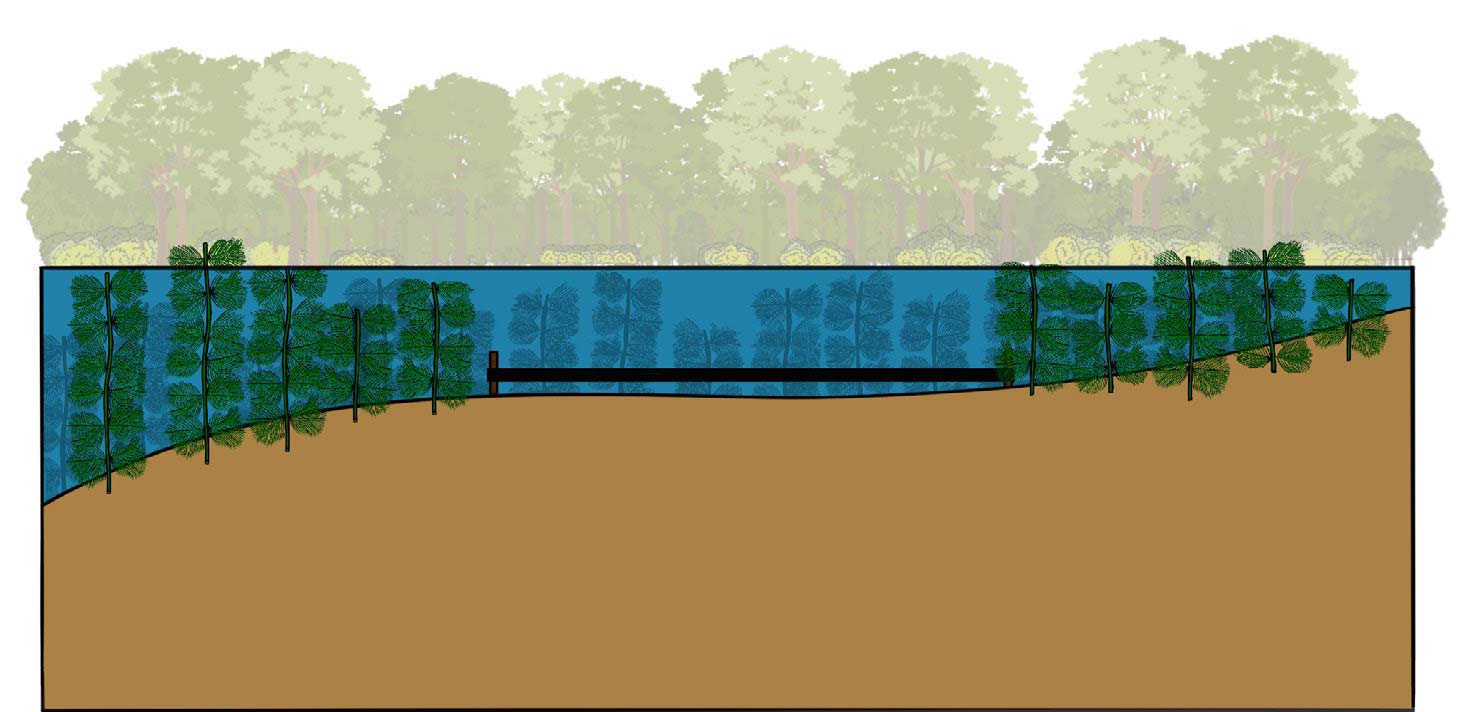
NOTE: Many of these solutions may require local permitting. Please check with your conservation office prior to any activity.
Download Full Fact Sheet | Download Complete Set of All Fact Sheets
 Biochar
Biochar 
STRATEGY: Absorb and remove nutrients.
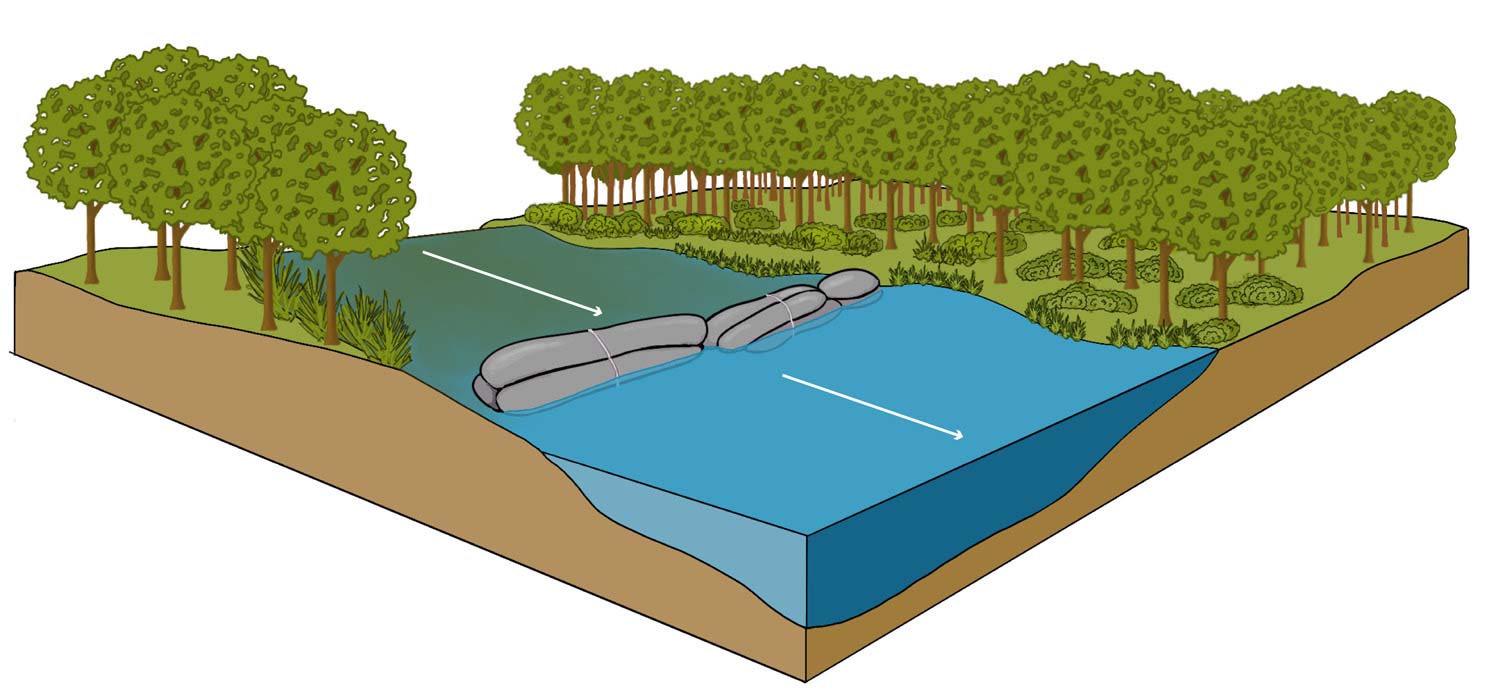
NOTE: Many of these solutions may require local permitting. Please check with your conservation office prior to any activity.
Download Full Fact Sheet | Download Complete Set of All Fact Sheets
 Biocontrol
Biocontrol 
STRATEGY: Reduce excess levels of nuisance or invasive aquatic species.
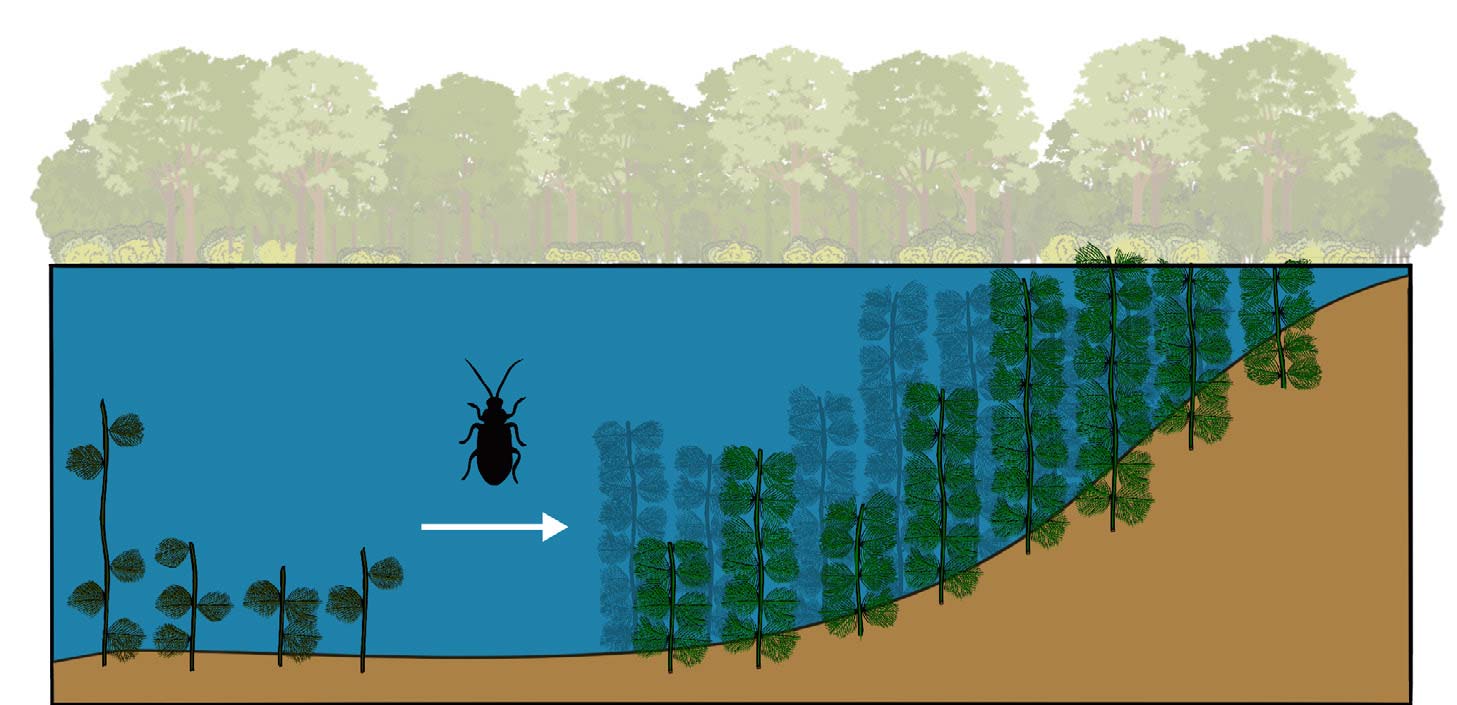
NOTE: Many of these solutions may require local permitting. Please check with your conservation office prior to any activity.
Download Full Fact Sheet | Download Complete Set of All Fact Sheets
 Biological Control
Biological Control 
STRATEGY: Reduce excess levels of algae.
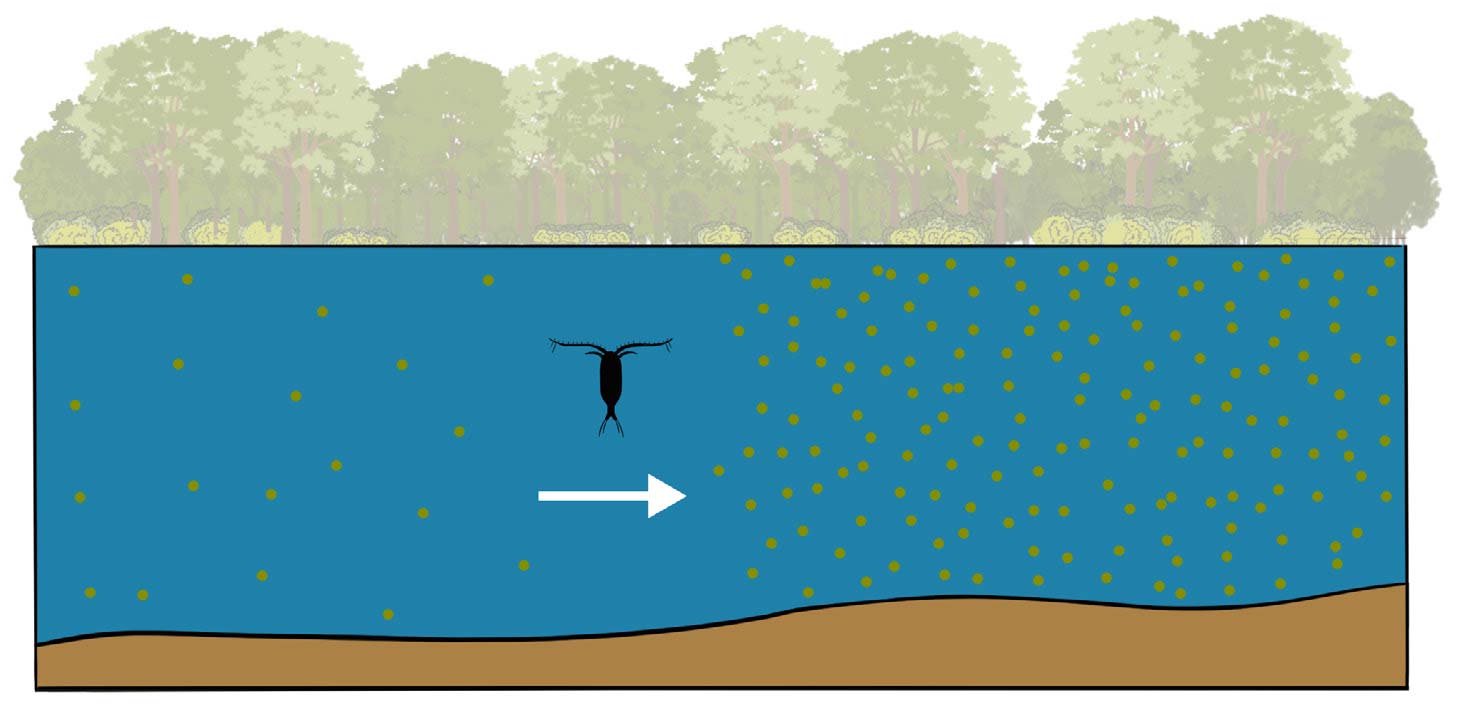
NOTE: Many of these solutions may require local permitting. Please check with your conservation office prior to any activity.
Download Full Fact Sheet | Download Complete Set of All Fact Sheets
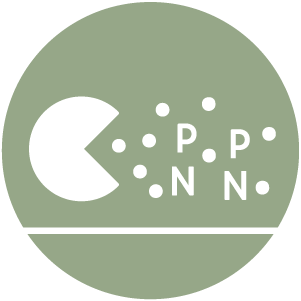 Biological Sediment Digestion
Biological Sediment Digestion 
STRATEGY: Decrease pond bottom sediment and organic matter.
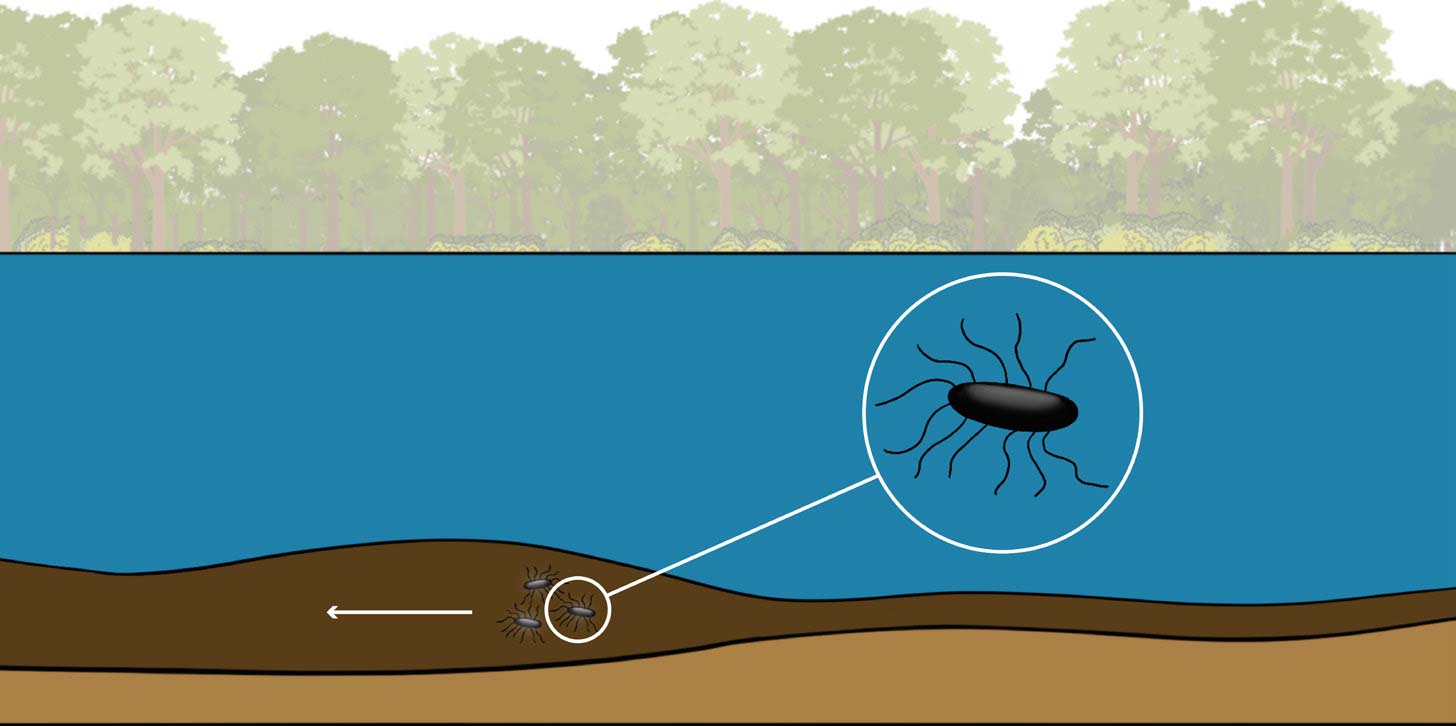
NOTE: Many of these solutions may require local permitting. Please check with your conservation office prior to any activity.
Download Full Fact Sheet | Download Complete Set of All Fact Sheets
 Circulation
Circulation 
STRATEGY: Low oxygen levels can promote poor water quality by elevating metals, accumulating ammonium, or releasing phosphorus from the sediment. High oxygen levels can improve water quality by reducing or changing composition of algae, providing consistent water quality, improving habitat for fish and invertebrates. Circulation is intended to homogenize water quality over target zone, limit plankton by movement in water column, and facilitate oxygenation through increased transfer of oxygen from surface water to deeper water. Circulation mixes and delivers oxygen-rich surface water to deeper oxygen-poor waters. Circulate / mix water to break up or prevent stratification. Induce turbulence to reduce risk of cyanobacterial blooms.
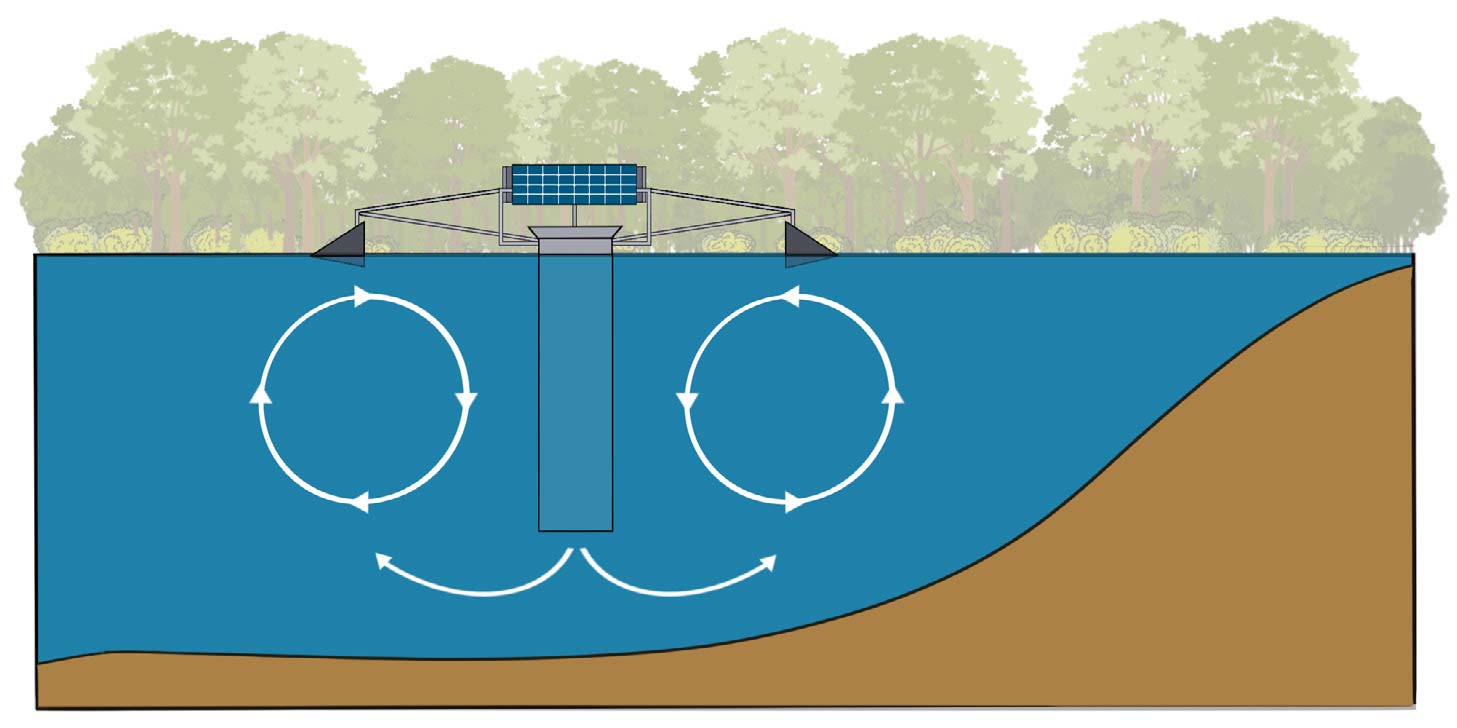
NOTE: Many of these solutions may require local permitting. Please check with your conservation office prior to any activity.
Download Full Fact Sheet | Download Complete Set of All Fact Sheets
 Composting Toilets
Composting Toilets 
STRATEGY: Prevent nutrients (mainly phosphorus) from entering pond from septic effluent via groundwater.
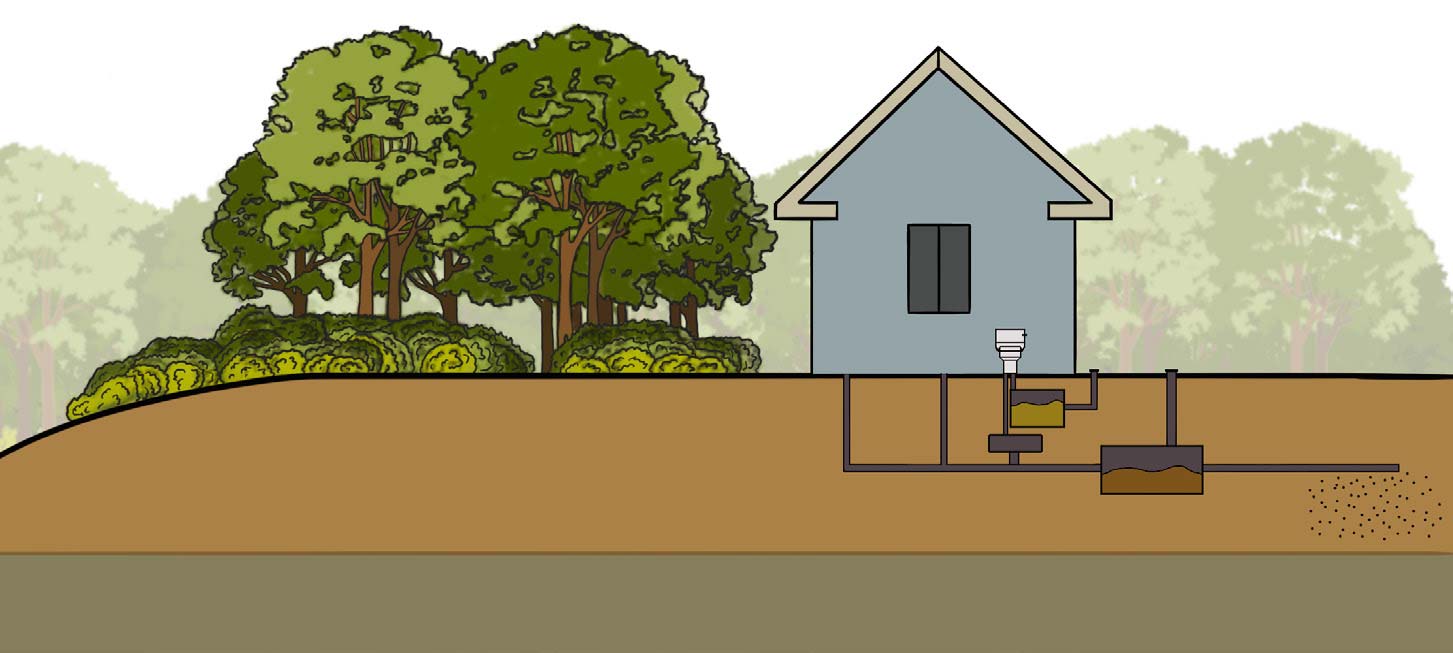
NOTE: Many of these solutions may require local permitting. Please check with your conservation office prior to any activity.
Download Full Fact Sheet | Download Complete Set of All Fact Sheets
 Comprehensive Wetland Restoration
Comprehensive Wetland Restoration 
STRATEGY: Protect water quality and quantity through restoration of degraded wetlands and adjacent uplands to a more natural state and restoration of wetland functions.
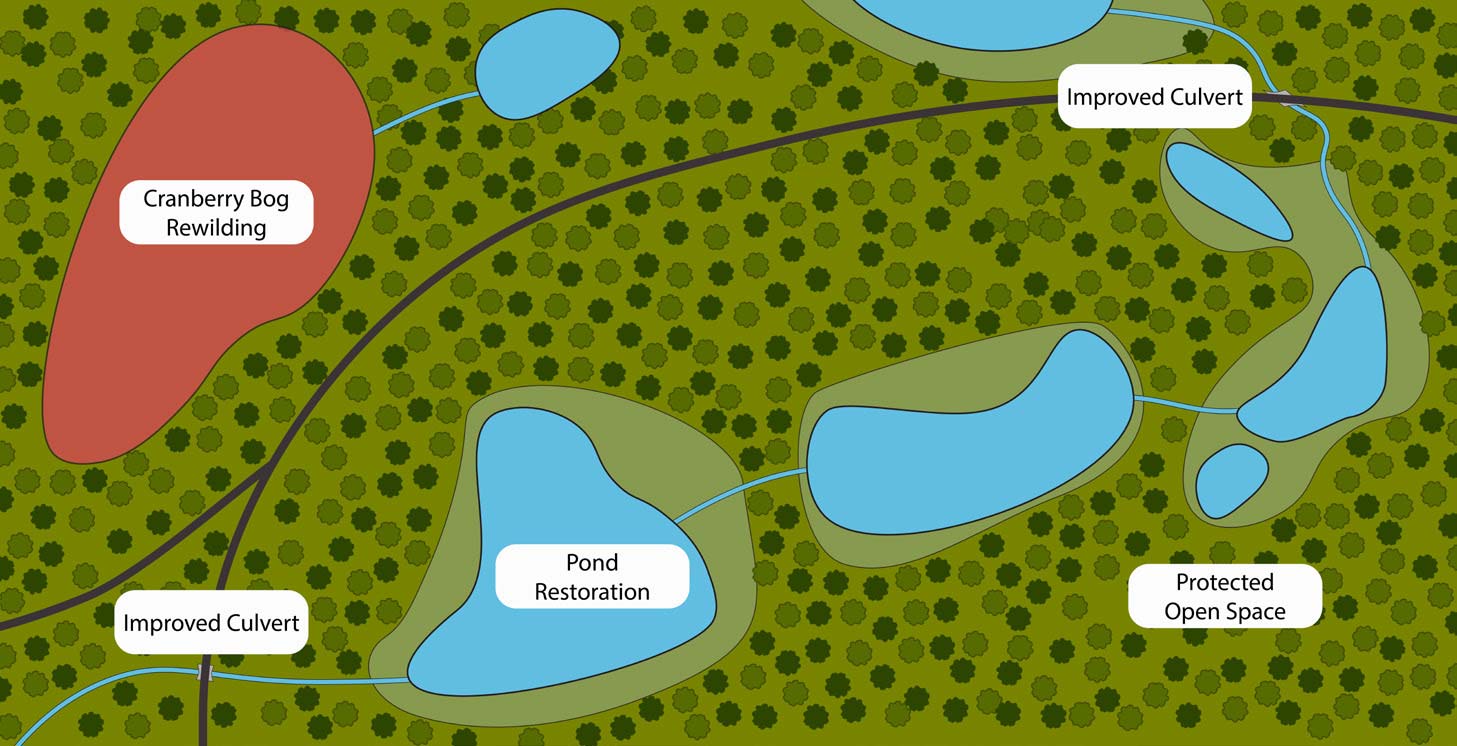
NOTE: Many of these solutions may require local permitting. Please check with your conservation office prior to any activity.
Download Full Fact Sheet | Download Complete Set of All Fact Sheets
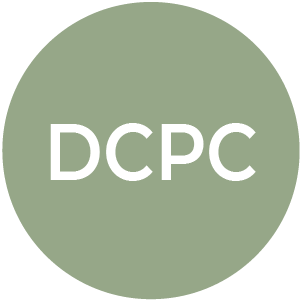 District of Critical Planning Concern (DCPC)
District of Critical Planning Concern (DCPC) 
STRATEGY: Protect ponds and the areas surrounding ponds through nominating these areas as a DCPC and creating implementing regulations to govern development in the designated area and promote best management practices.
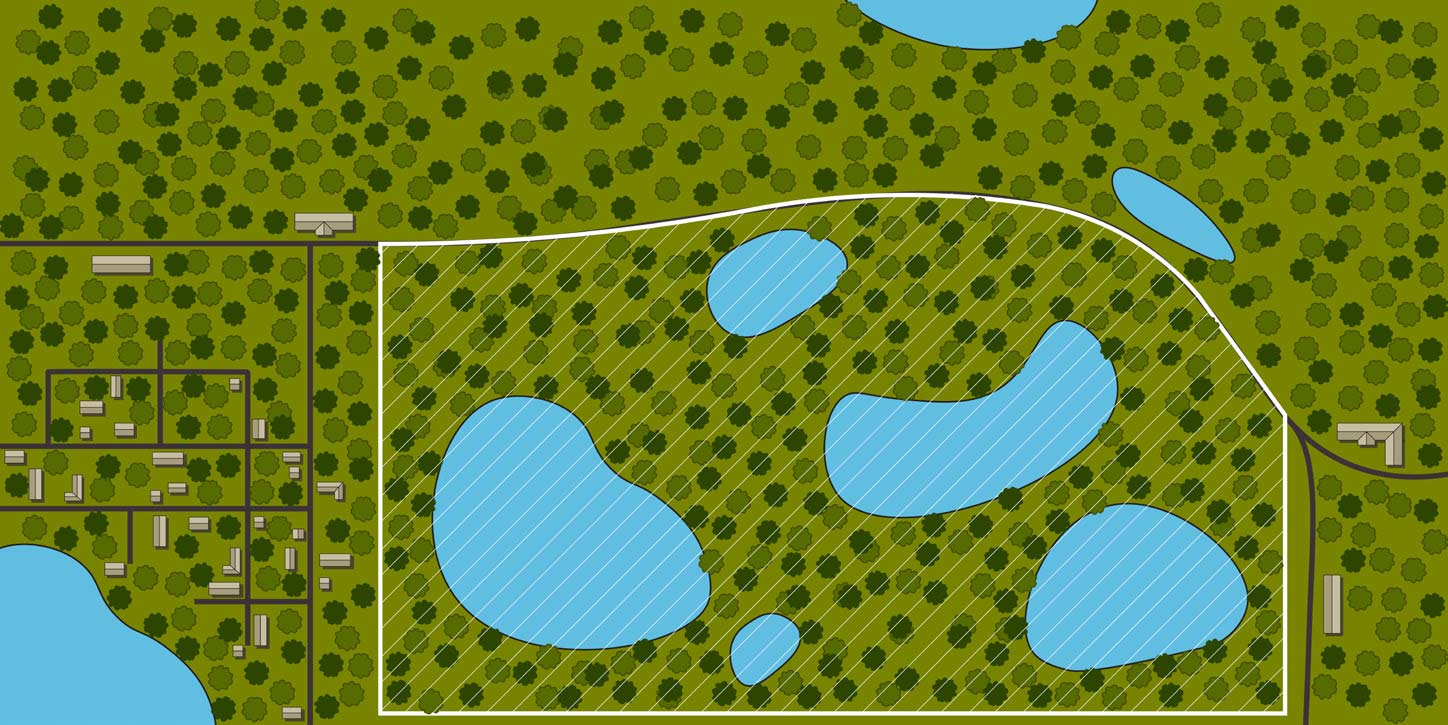
NOTE: Many of these solutions may require local permitting. Please check with your conservation office prior to any activity.
Download Full Fact Sheet | Download Complete Set of All Fact Sheets
 Dredging
Dredging 
STRATEGY: Removal of accumulated sediment, increasing depth and retention time. Also may be used to remove nuisance or aquatic invasive plant species.
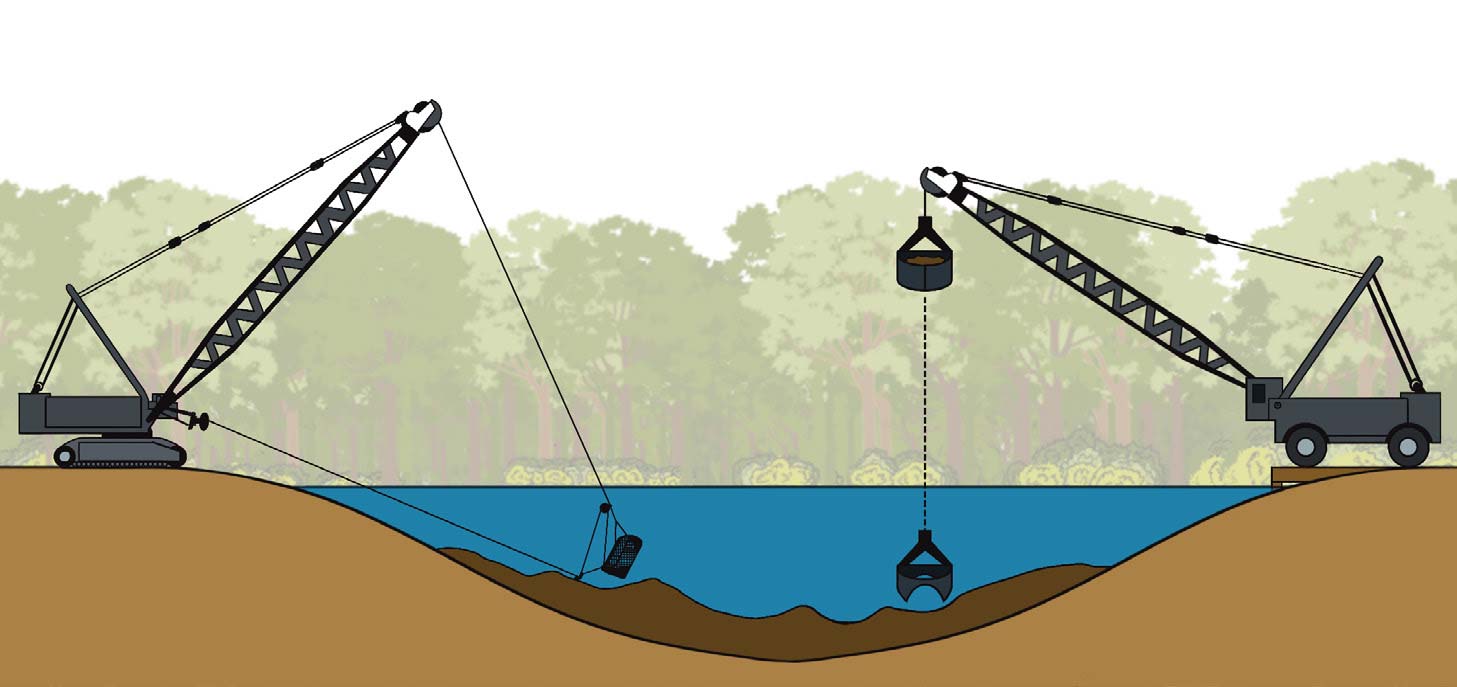
NOTE: Many of these solutions may require local permitting. Please check with your conservation office prior to any activity.
Download Full Fact Sheet | Download Complete Set of All Fact Sheets
 Education & Outreach
Education & Outreach 
STRATEGY: Make public aware of pond problems and solutions. Promote best management practices.

NOTE: Many of these solutions may require local permitting. Please check with your conservation office prior to any activity.
Download Full Fact Sheet | Download Complete Set of All Fact Sheets
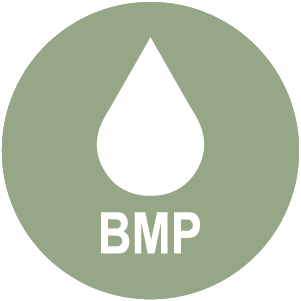 Erosion Control
Erosion Control 
STRATEGY: Prevent erosion and resulting runoff of sediments into ponds.

NOTE: Many of these solutions may require local permitting. Please check with your conservation office prior to any activity.
Download Full Fact Sheet | Download Complete Set of All Fact Sheets
 Floating (Treatment) Wetlands
Floating (Treatment) Wetlands 
STRATEGY: Increase habitat for zooplankton populations. Zooplankton consume algae. Plants, their roots and associated microbes also absorb nutrients to help reduce excess levels of algae.
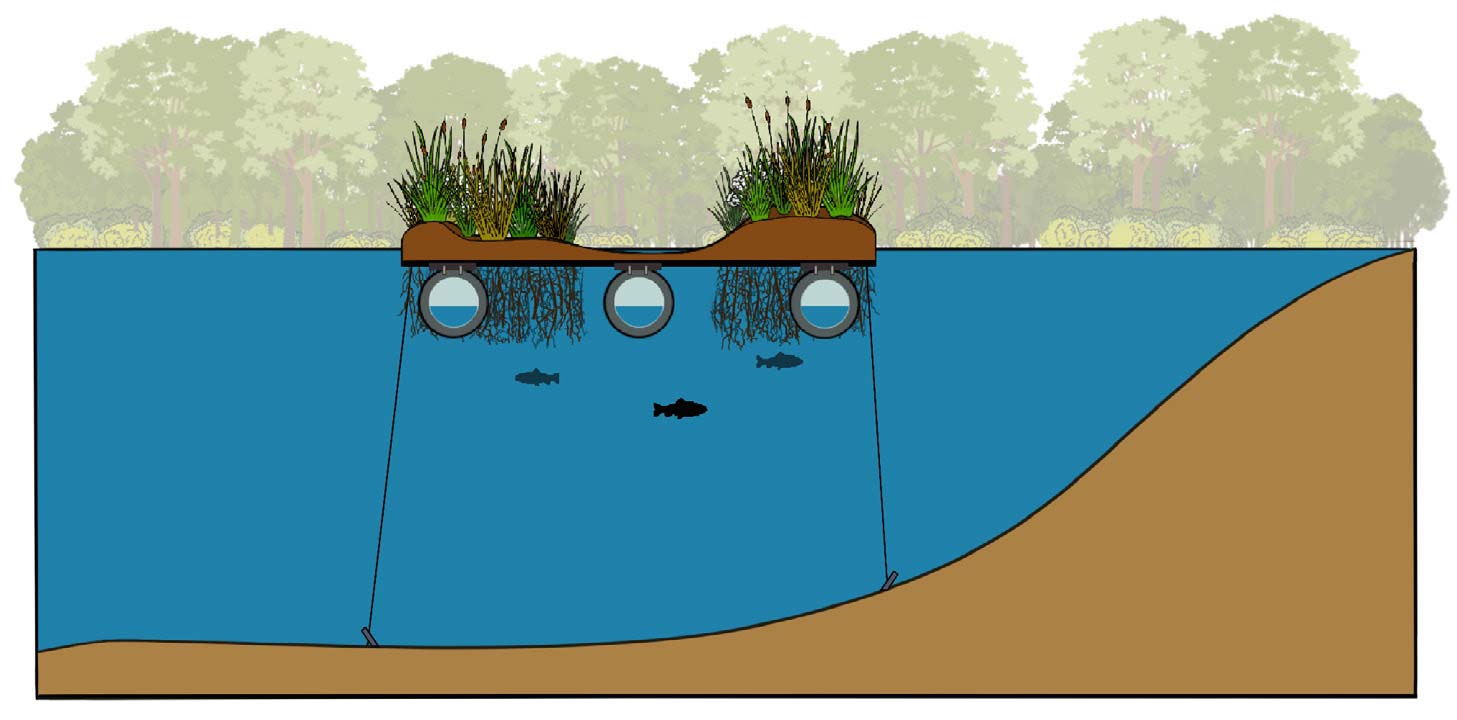
NOTE: Many of these solutions may require local permitting. Please check with your conservation office prior to any activity.
Download Full Fact Sheet | Download Complete Set of All Fact Sheets
 Freshwater Aquaculture
Freshwater Aquaculture 
STRATEGY: Mussels filter water, removing nutrients and consuming algae.
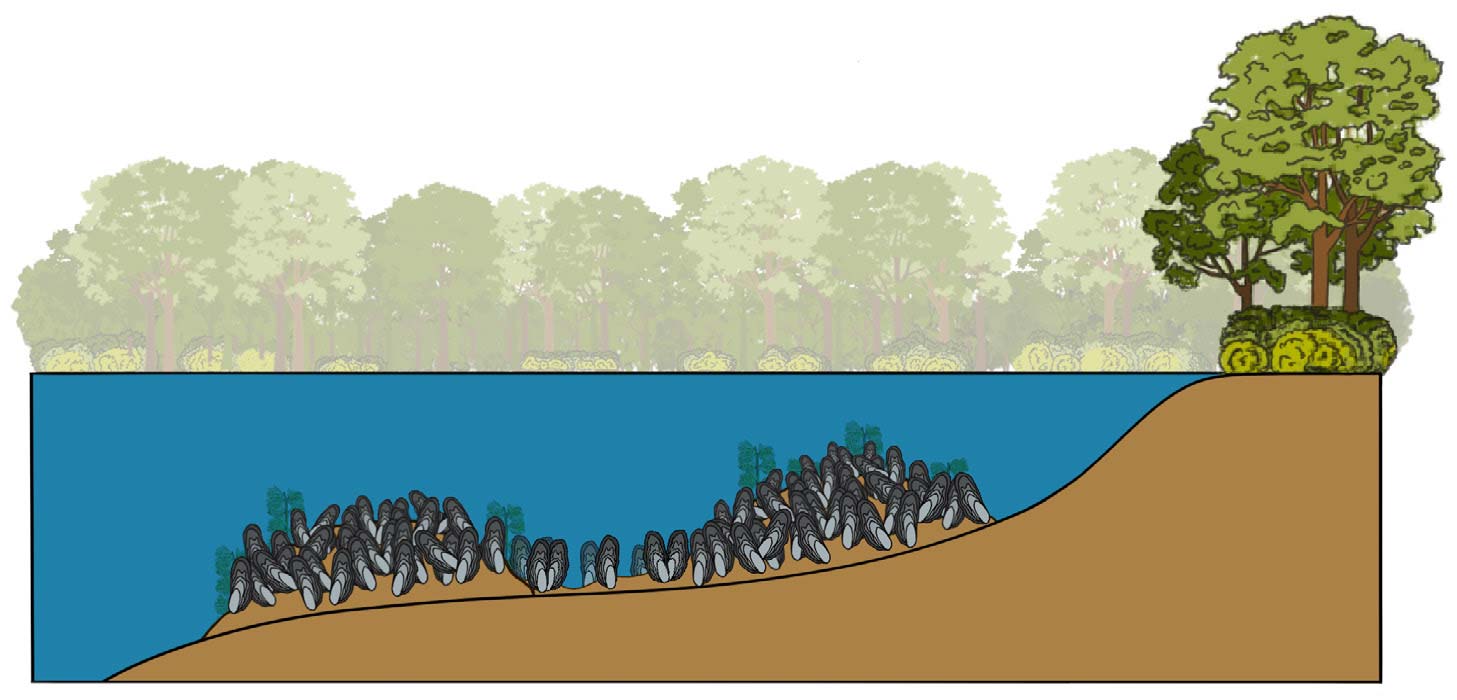
NOTE: Many of these solutions may require local permitting. Please check with your conservation office prior to any activity.
Download Full Fact Sheet | Download Complete Set of All Fact Sheets
 Herbicide
Herbicide 
STRATEGY: Reduce excess levels of nuisance or invasive aquatic species.
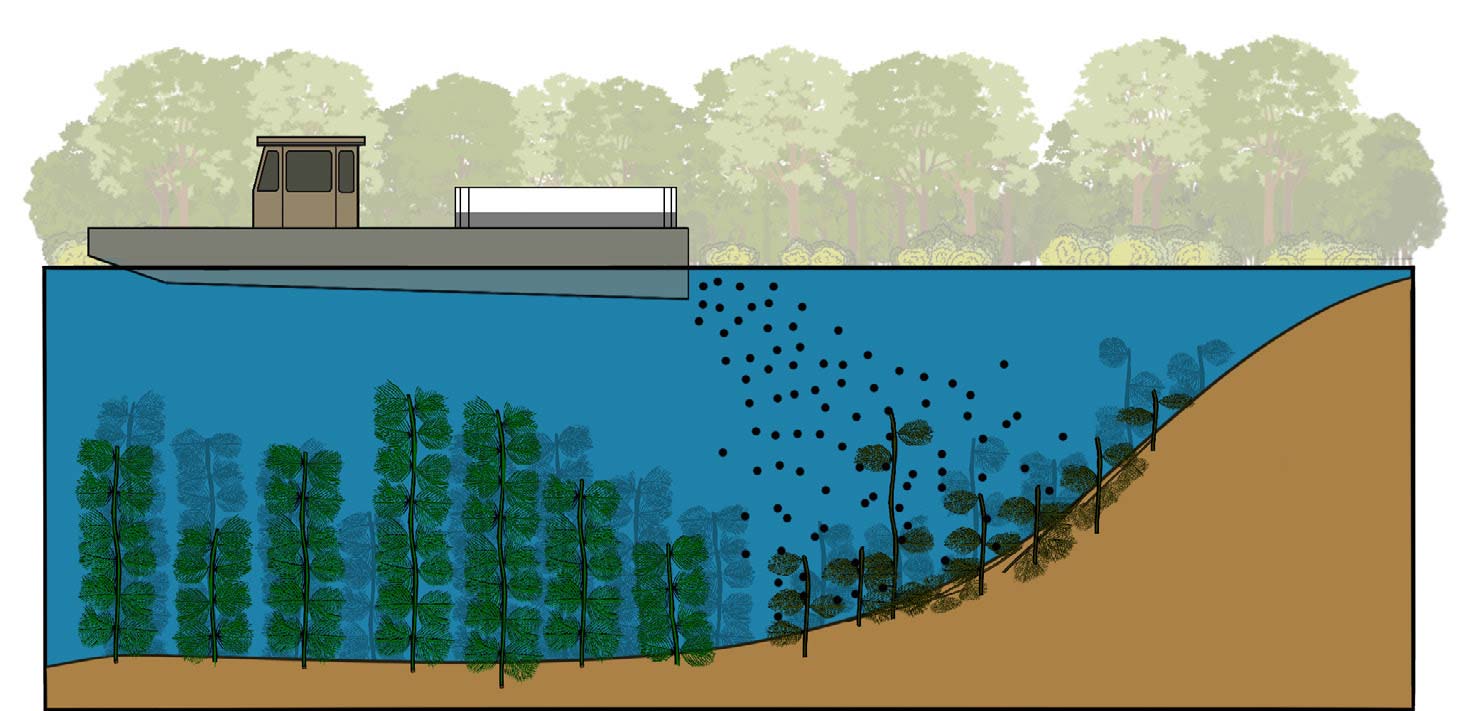
NOTE: Many of these solutions may require local permitting. Please check with your conservation office prior to any activity.
Download Full Fact Sheet | Download Complete Set of All Fact Sheets
 Hydraulic Control
Hydraulic Control 
STRATEGY: Reduce internal nutrient loading.

NOTE: Many of these solutions may require local permitting. Please check with your conservation office prior to any activity.
Download Full Fact Sheet | Download Complete Set of All Fact Sheets
 Innovative / Alternative (I/A) Septic System
Innovative / Alternative (I/A) Septic System 
STRATEGY: Prevent nutrients (mainly phosphorus) from entering pond from septic effluent via groundwater.
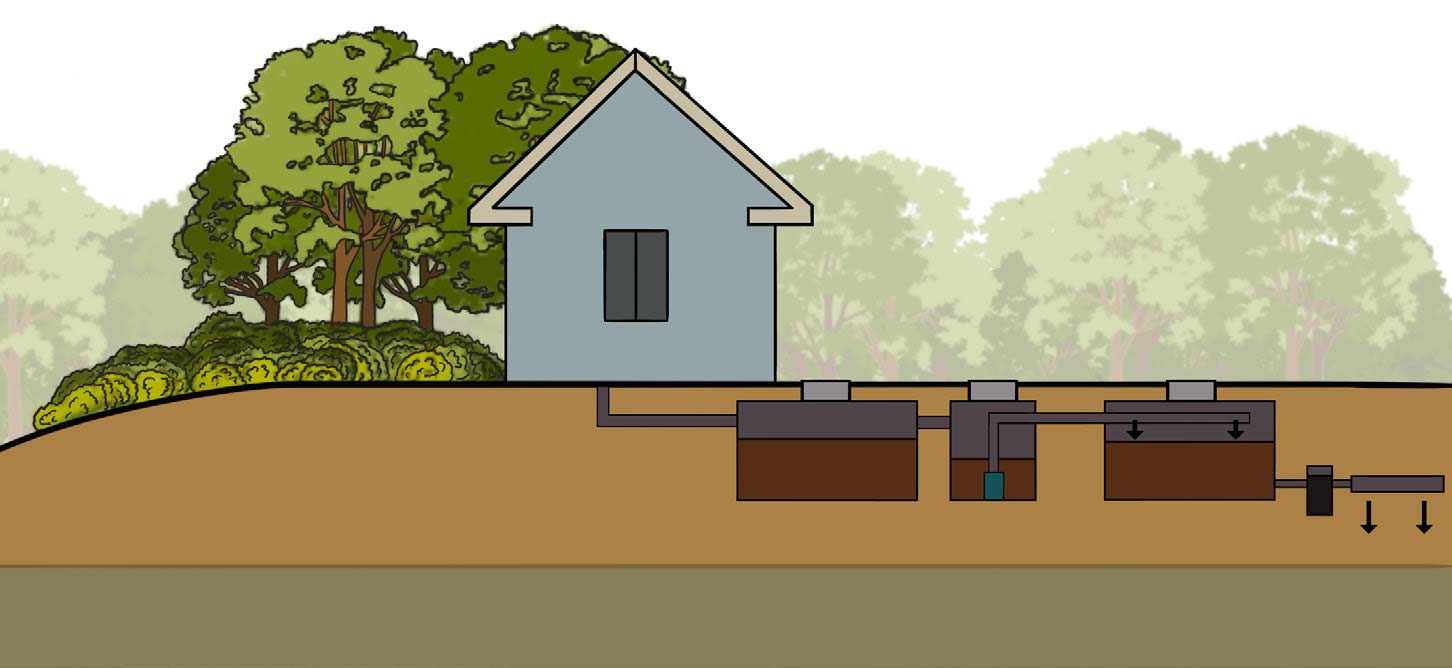
NOTE: Many of these solutions may require local permitting. Please check with your conservation office prior to any activity.
Download Full Fact Sheet | Download Complete Set of All Fact Sheets
 Land Protection
Land Protection 
STRATEGY: Protect pond health and the land surrounding ponds through the permanent protection of land along the pond shore or within the pond watershed. Prevent negative impacts of land use practices detrimental to pond health.
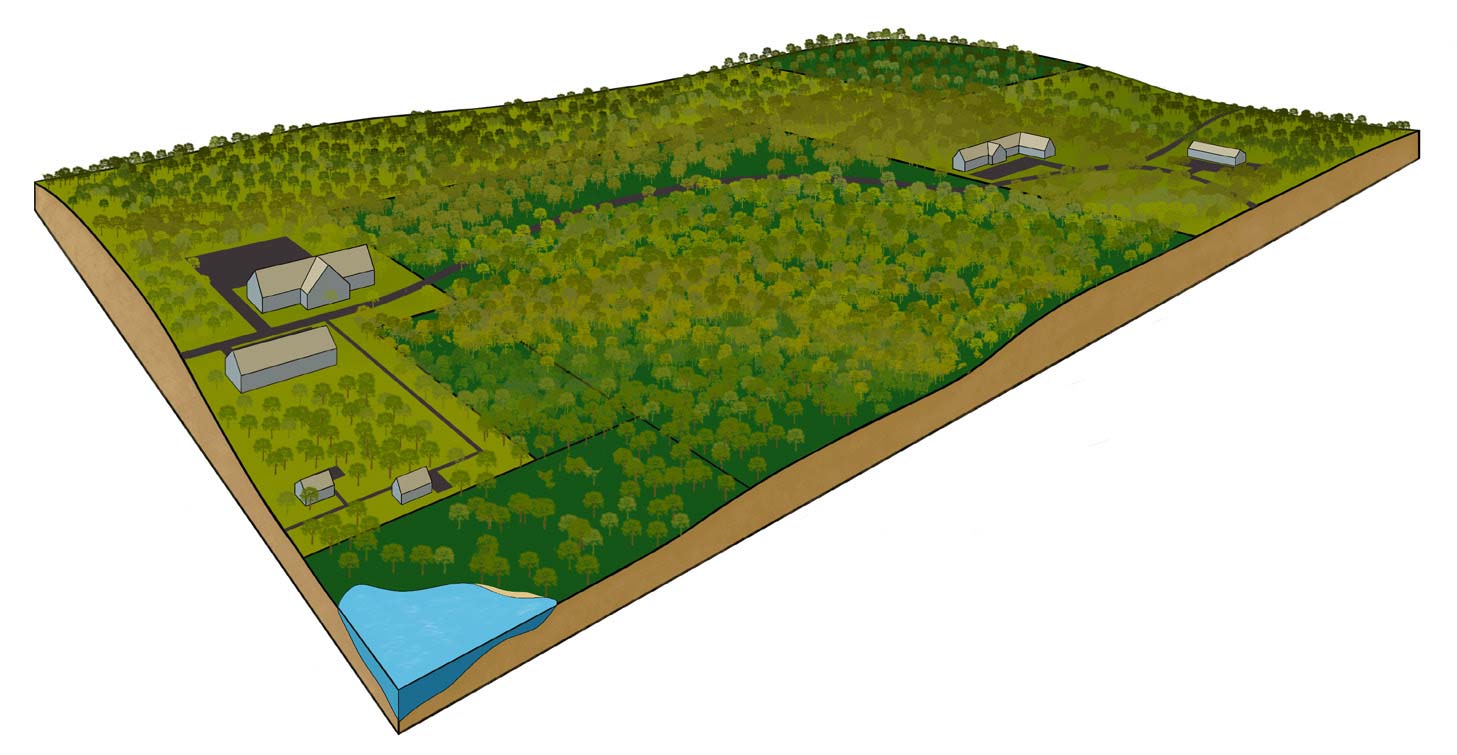
NOTE: Many of these solutions may require local permitting. Please check with your conservation office prior to any activity.
Download Full Fact Sheet | Download Complete Set of All Fact Sheets
 Land Use Planning & Regulations
Land Use Planning & Regulations 
STRATEGY: Protect pond health and the land surrounding ponds through the creation of regulations focused on reducing land-based inputs of pollution and pathogens to ponds and promotion of best management practices.
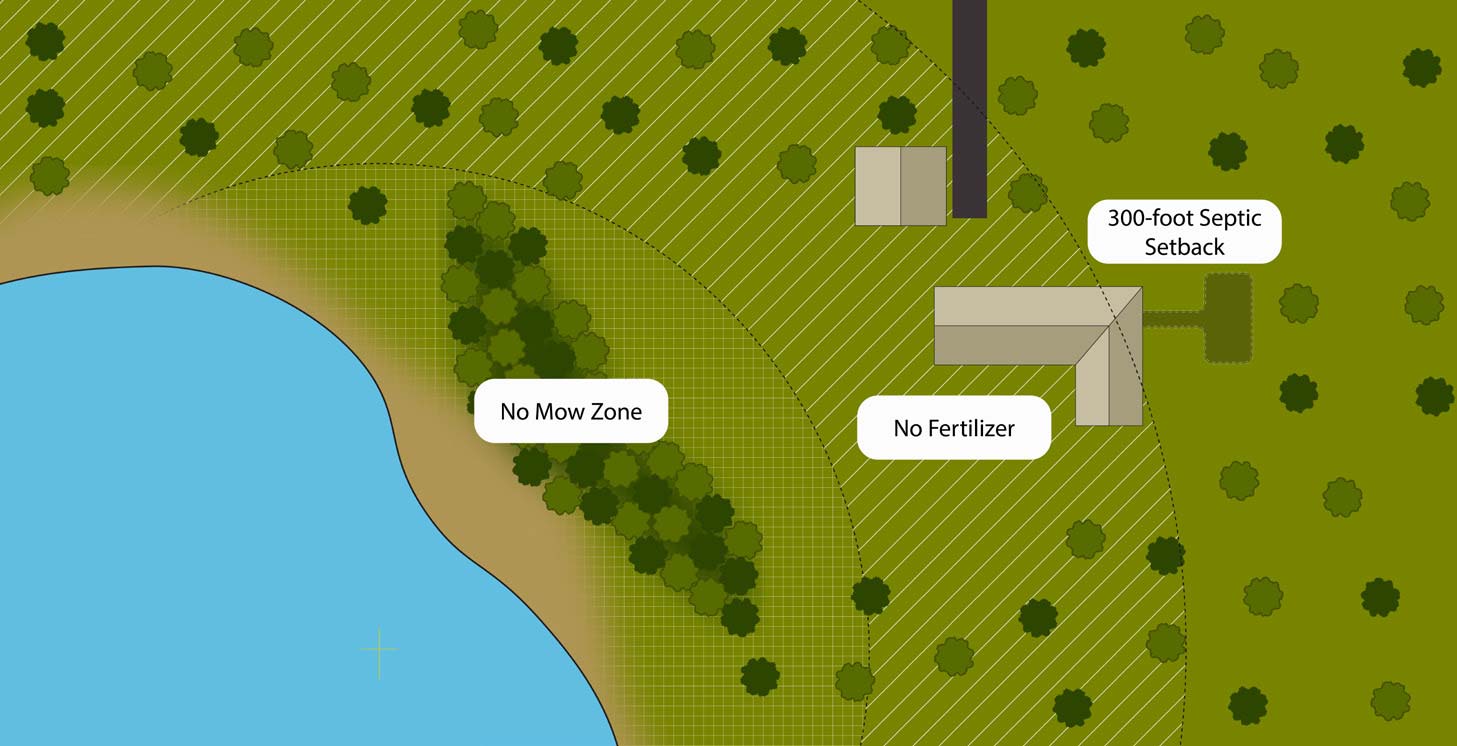
NOTE: Many of these solutions may require local permitting. Please check with your conservation office prior to any activity.
Download Full Fact Sheet | Download Complete Set of All Fact Sheets
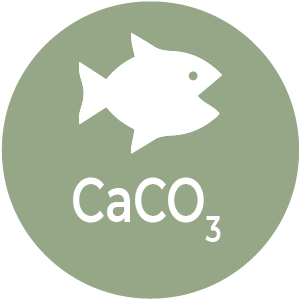 Liming
Liming 
STRATEGY: Mitigate effects of acidification and aid in fisheries management.
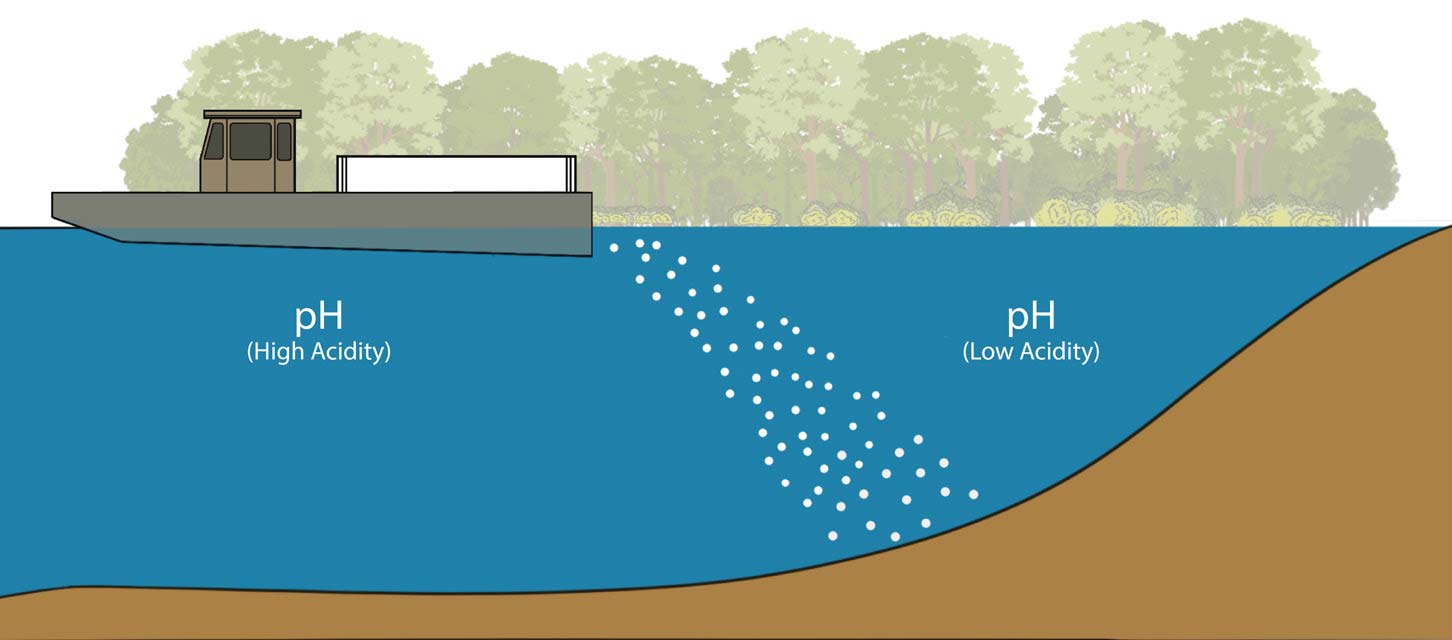
NOTE: Many of these solutions may require local permitting. Please check with your conservation office prior to any activity.
Download Full Fact Sheet | Download Complete Set of All Fact Sheets
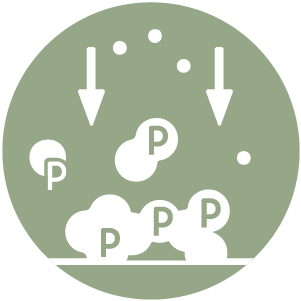 Nutrient Inactivation
Nutrient Inactivation 
STRATEGY: Reduce internal nutrient (mainly phosphorus) loading.
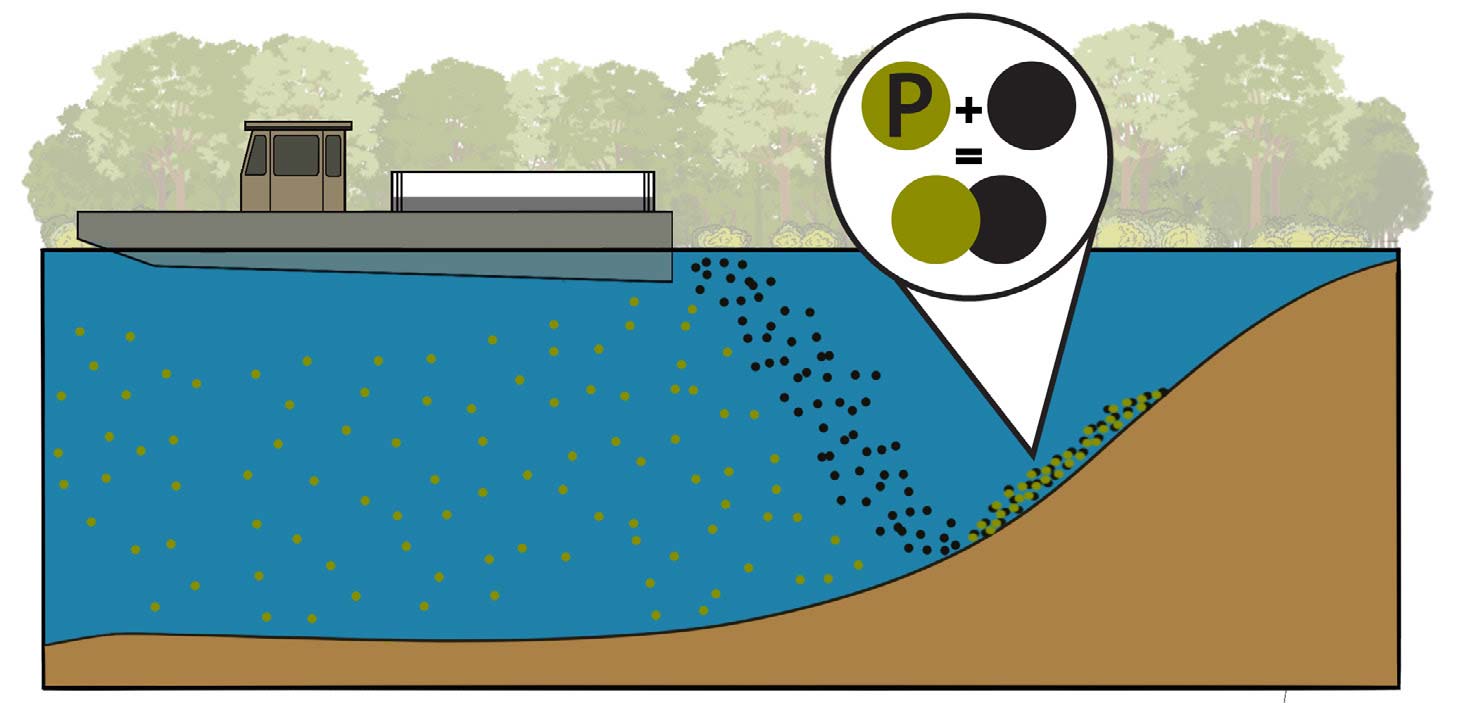
NOTE: Many of these solutions may require local permitting. Please check with your conservation office prior to any activity.
Download Full Fact Sheet | Download Complete Set of All Fact Sheets
 Oxygenation
Oxygenation 
STRATEGY: Low oxygen levels can promote poor water quality by elevating metals, accumulating ammonium, or releasing phosphorus from the sediment. High oxygen levels can improve water quality by reducing or changing composition of algae, providing consistent water quality, improving habitat for fish and invertebrates. Circulation is intended to homogenize water quality over target zone, limit plankton by movement in water column, and facilitate oxygenation through increased transfer of oxygen from surface water to deeper water. Circulation mixes and delivers oxygen-rich surface water to deeper oxygen-poor waters. Circulate / mix water to break up or prevent stratification. Induce turbulence to reduce risk of cyanobacterial blooms.
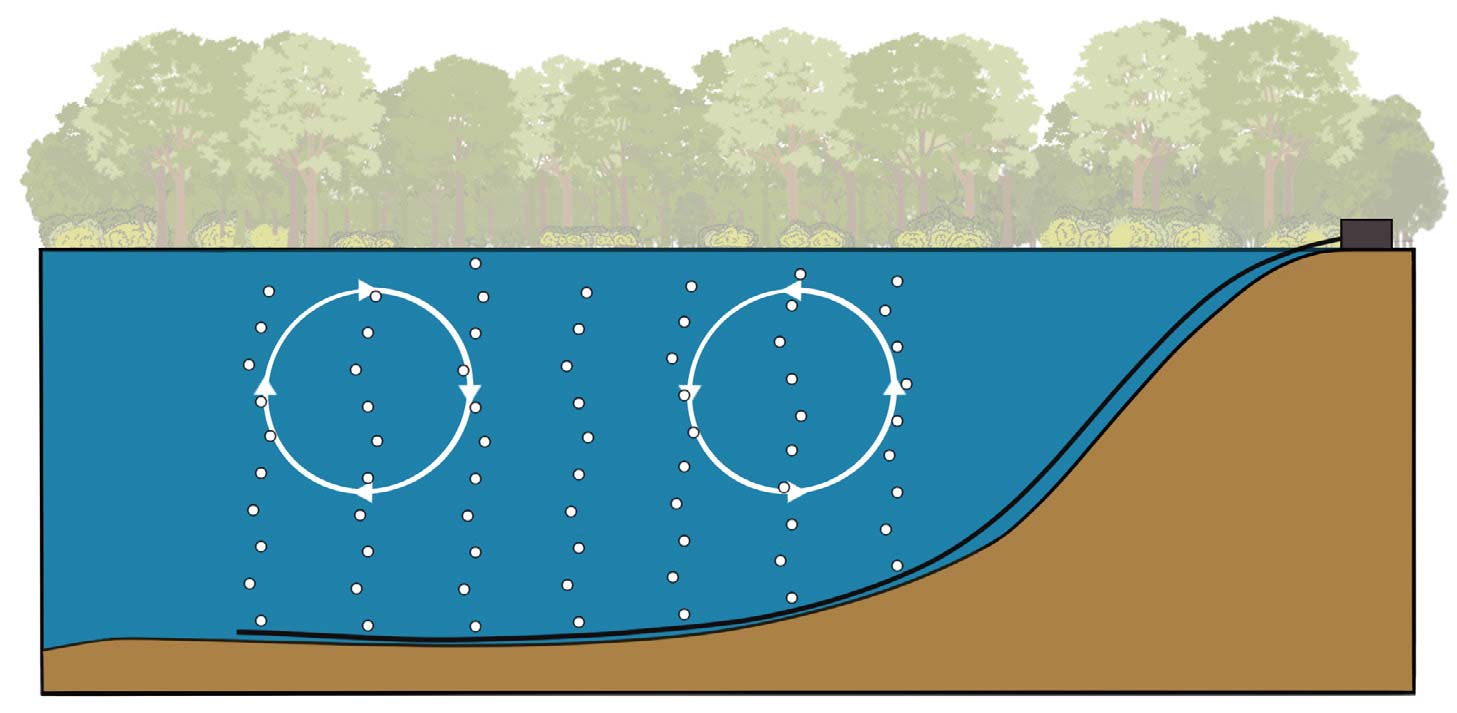
NOTE: Many of these solutions may require local permitting. Please check with your conservation office prior to any activity.
Download Full Fact Sheet | Download Complete Set of All Fact Sheets
 Permeable Reactive Barrier
Permeable Reactive Barrier 
STRATEGY: Prevent nutrients (mainly phosphorus) from entering pond from septic effluent via groundwater.
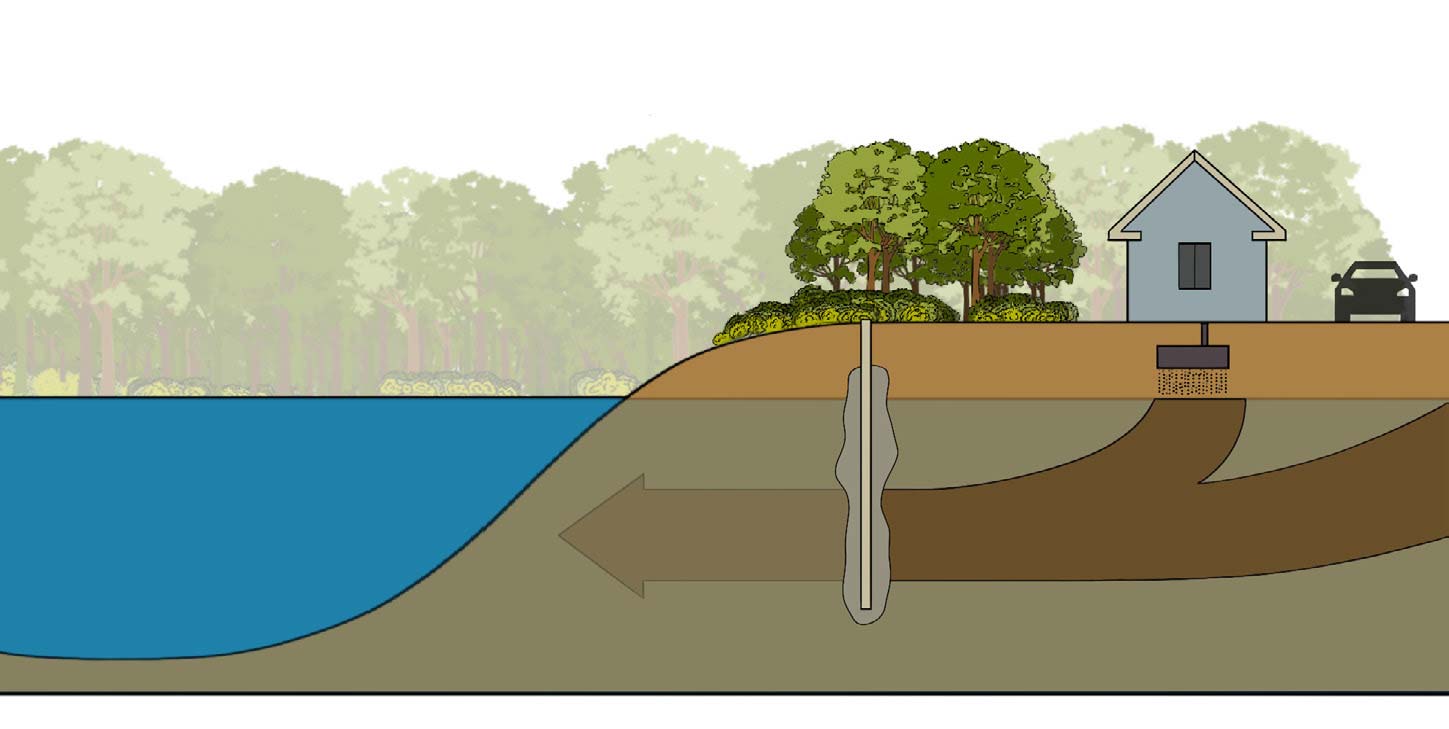
NOTE: Many of these solutions may require local permitting. Please check with your conservation office prior to any activity.
Download Full Fact Sheet | Download Complete Set of All Fact Sheets
 Pond Shore Buffer Plantings
Pond Shore Buffer Plantings 
STRATEGY: Plants, plant roots and associated soils absorb stormwater, nutrients and other pollutants to minimize risks of stormwater runoff, erosion, and algal blooms and generally protect pond health.
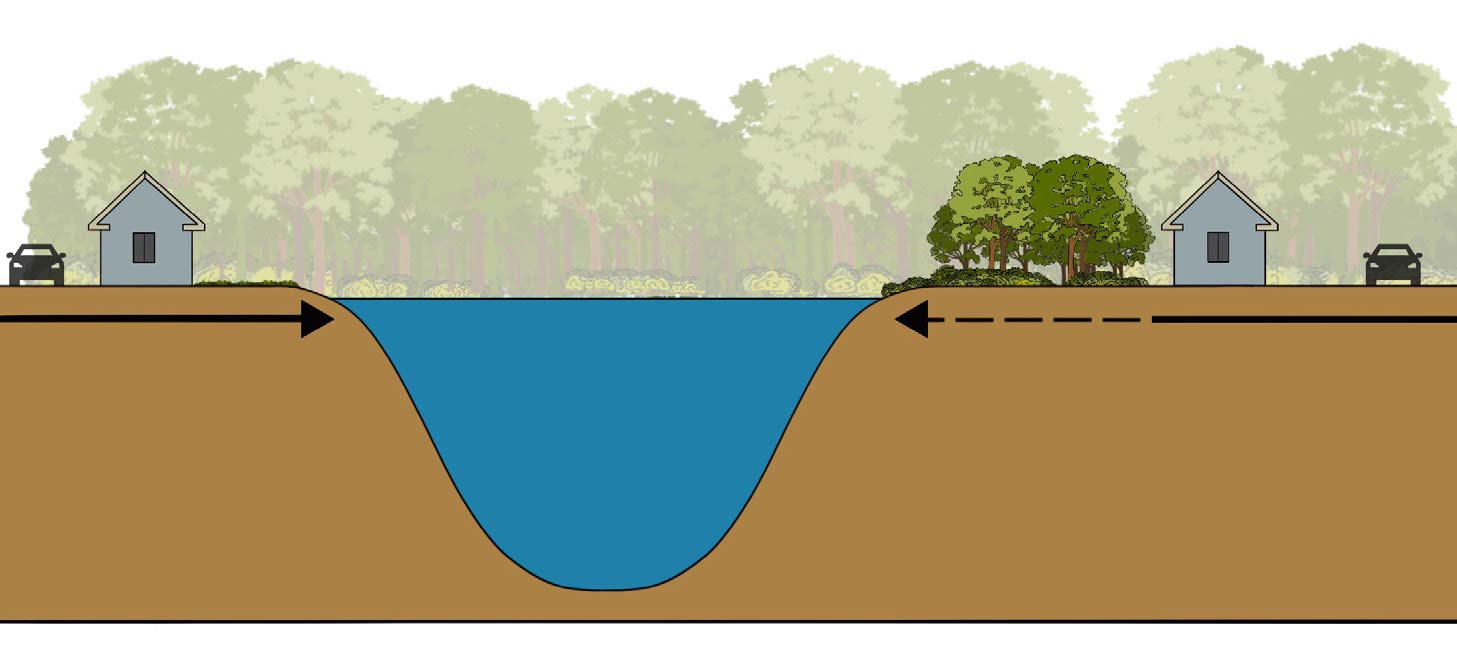
NOTE: Many of these solutions may require local permitting. Please check with your conservation office prior to any activity.
Download Full Fact Sheet | Download Complete Set of All Fact Sheets
 Pond Use Planning & Regulations
Pond Use Planning & Regulations 
STRATEGY: Manage pond use as pond overuse may impact water quality, ecosystem function, visitor experience, and recreational opportunities. Manage user conflicts.
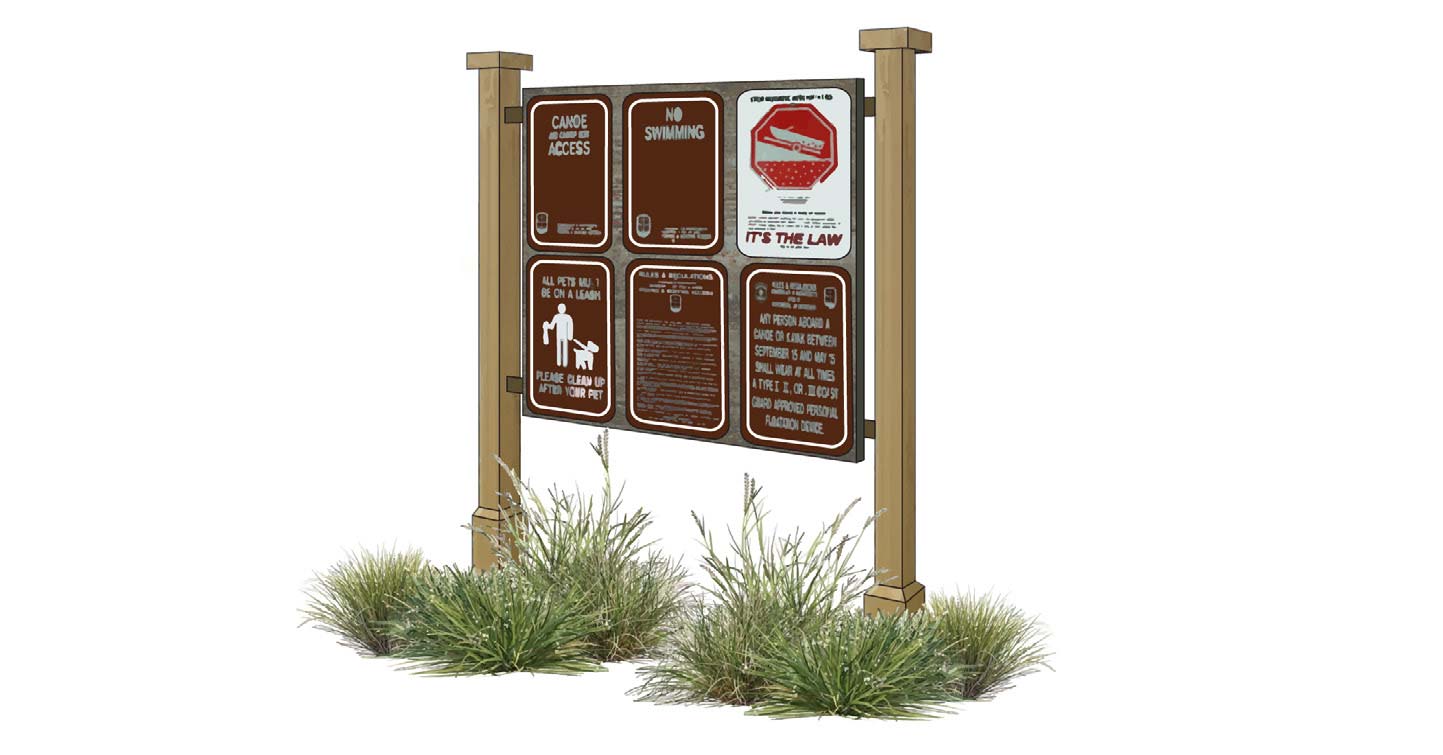
NOTE: Many of these solutions may require local permitting. Please check with your conservation office prior to any activity.
Download Full Fact Sheet | Download Complete Set of All Fact Sheets
 Shading
Shading 
STRATEGY: Reduce excess levels of algae and/or nuisance or invasive aquatic species.
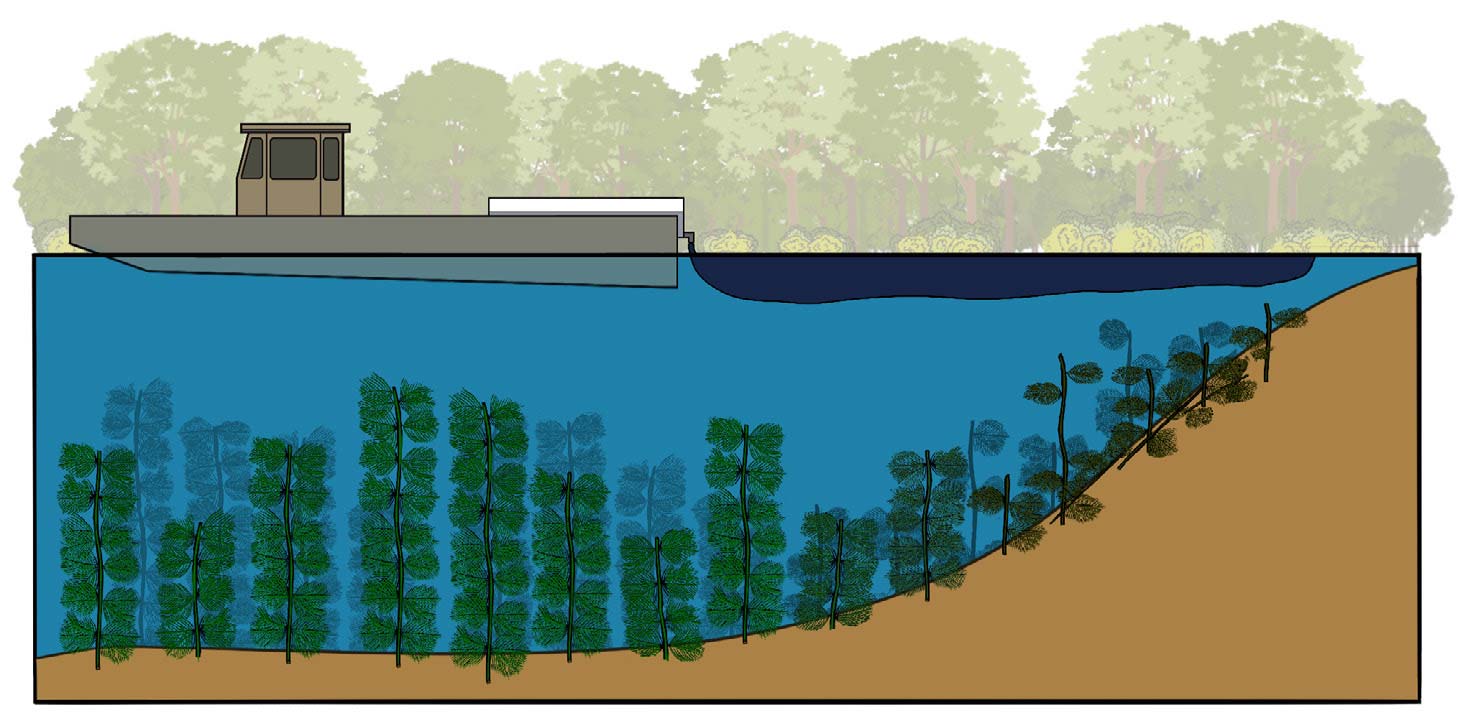
NOTE: Many of these solutions may require local permitting. Please check with your conservation office prior to any activity.
Download Full Fact Sheet | Download Complete Set of All Fact Sheets
 Stormwater Management (Non-Structural)
Stormwater Management (Non-Structural) 
STRATEGY: Protect water quality and quantity by preventing pollution from stormwater or controlling it at its source.
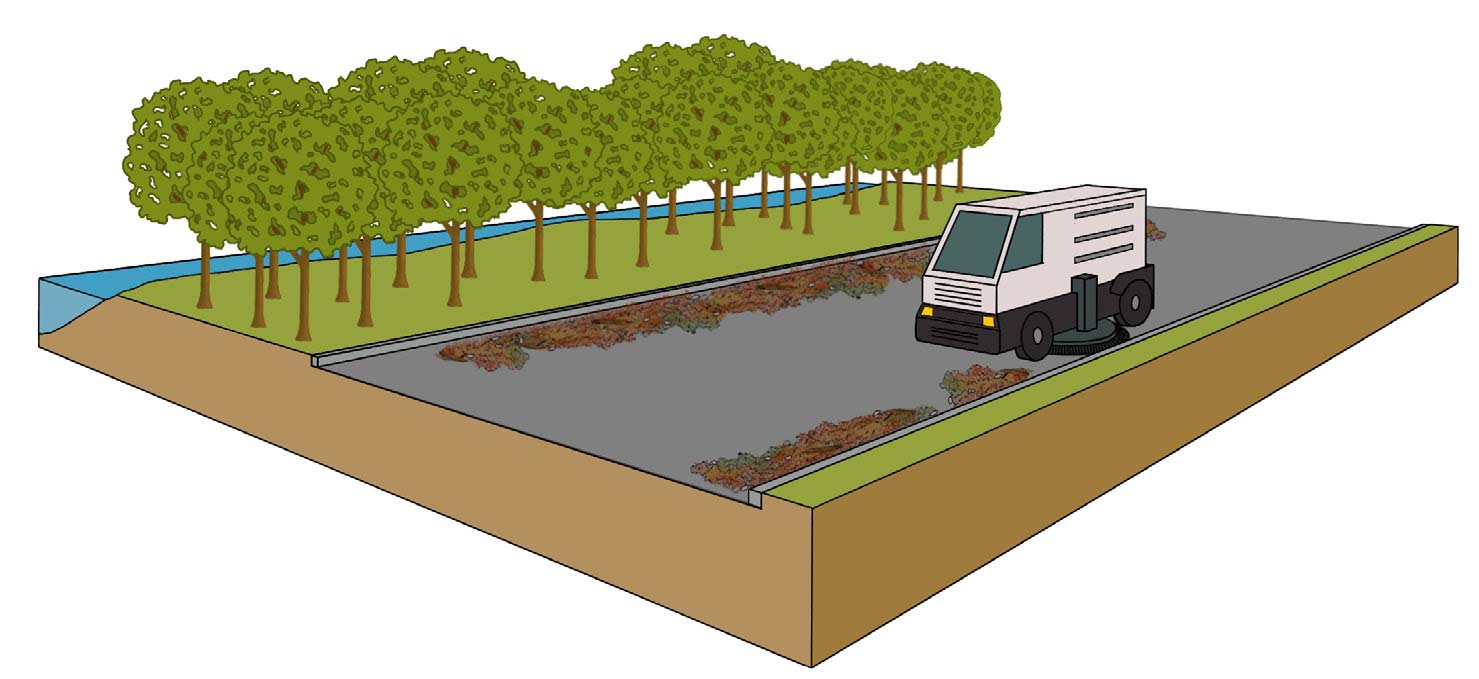
NOTE: Many of these solutions may require local permitting. Please check with your conservation office prior to any activity.
Download Full Fact Sheet | Download Complete Set of All Fact Sheets
 Stormwater Management (Structural)
Stormwater Management (Structural) 
STRATEGY: Protect water quality and quantity by preventing pollution from stormwater or controlling and infiltrating it at its source.
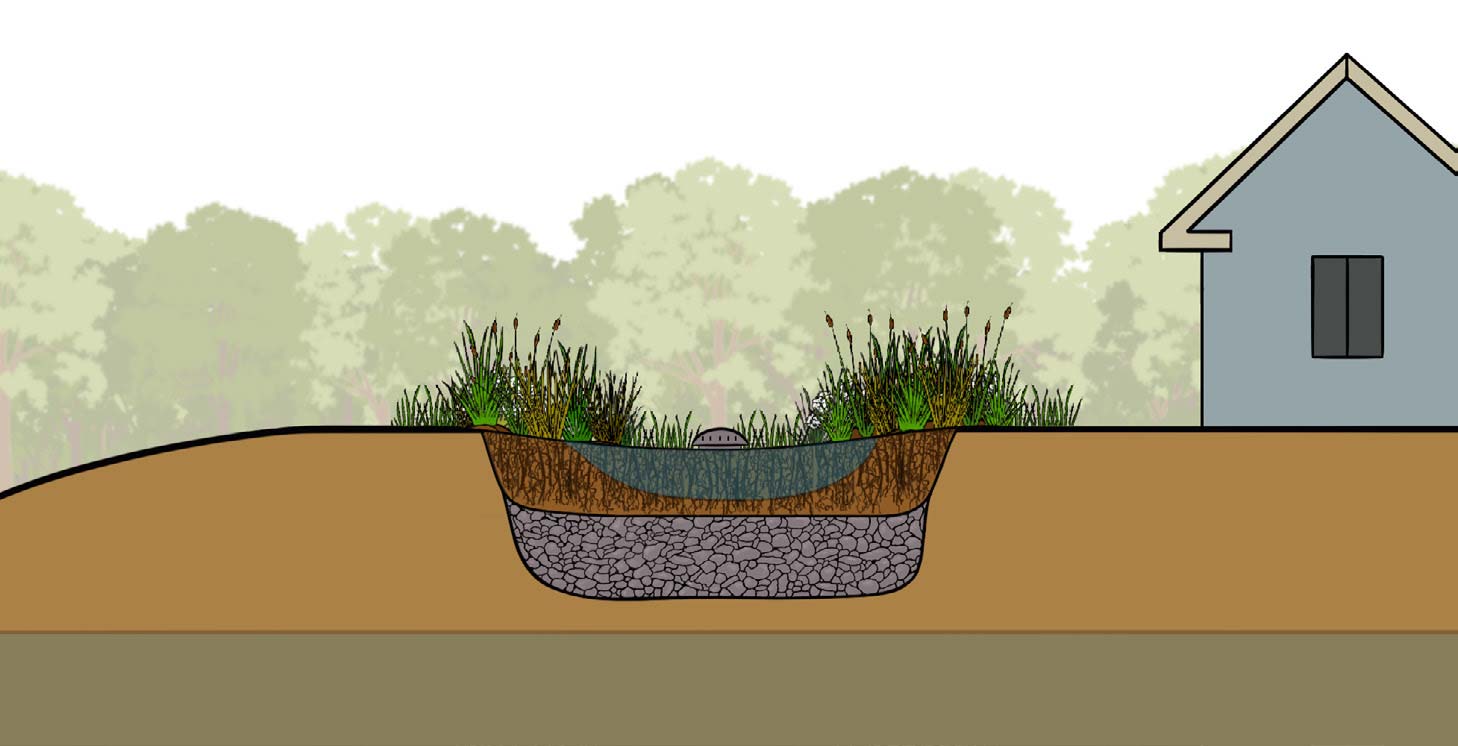
NOTE: Many of these solutions may require local permitting. Please check with your conservation office prior to any activity.
Download Full Fact Sheet | Download Complete Set of All Fact Sheets
 Ultrasonic
Ultrasonic 
STRATEGY: Reduce excess levels of algae.
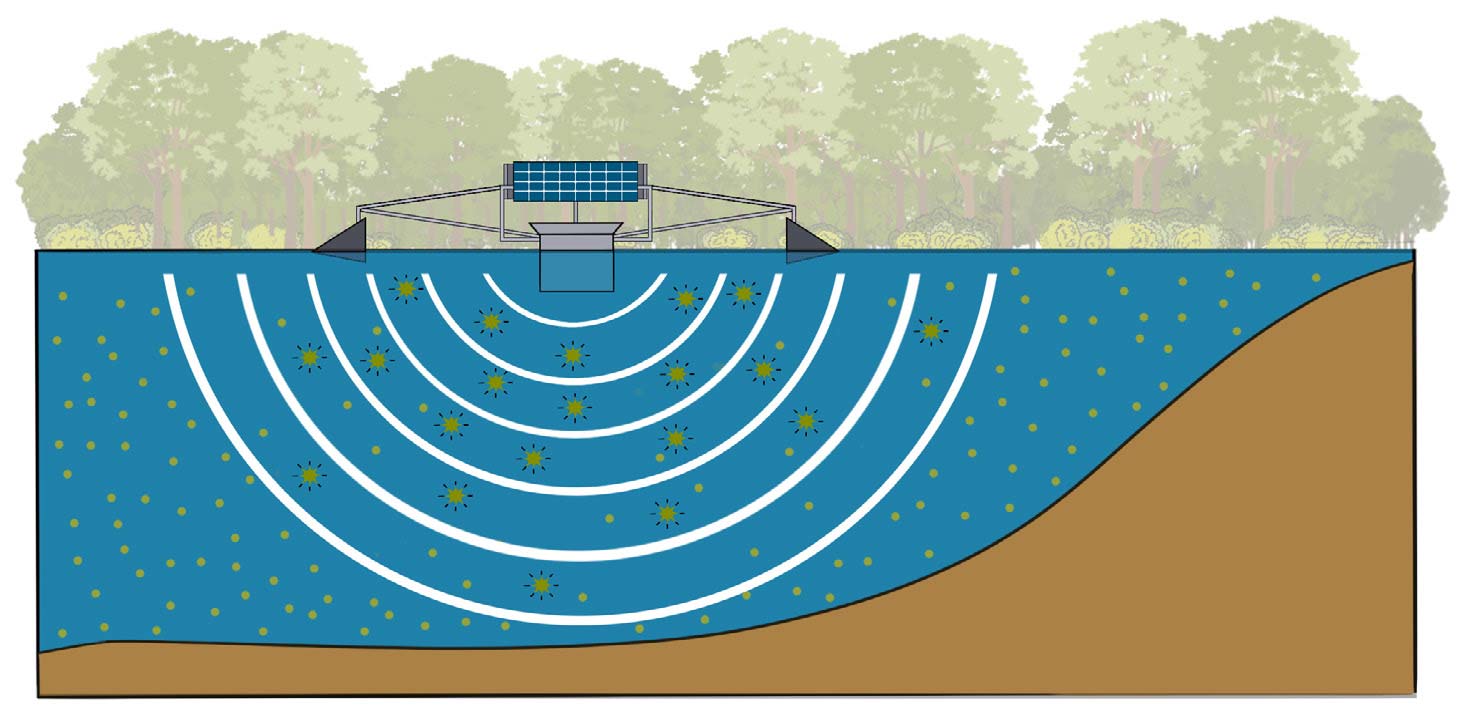
NOTE: Many of these solutions may require local permitting. Please check with your conservation office prior to any activity.
Download Full Fact Sheet | Download Complete Set of All Fact Sheets
 Urine Diversion Toilets
Urine Diversion Toilets 
STRATEGY: Prevent nutrients (mainly nitrogen) from entering pond from septic effluent via groundwater.
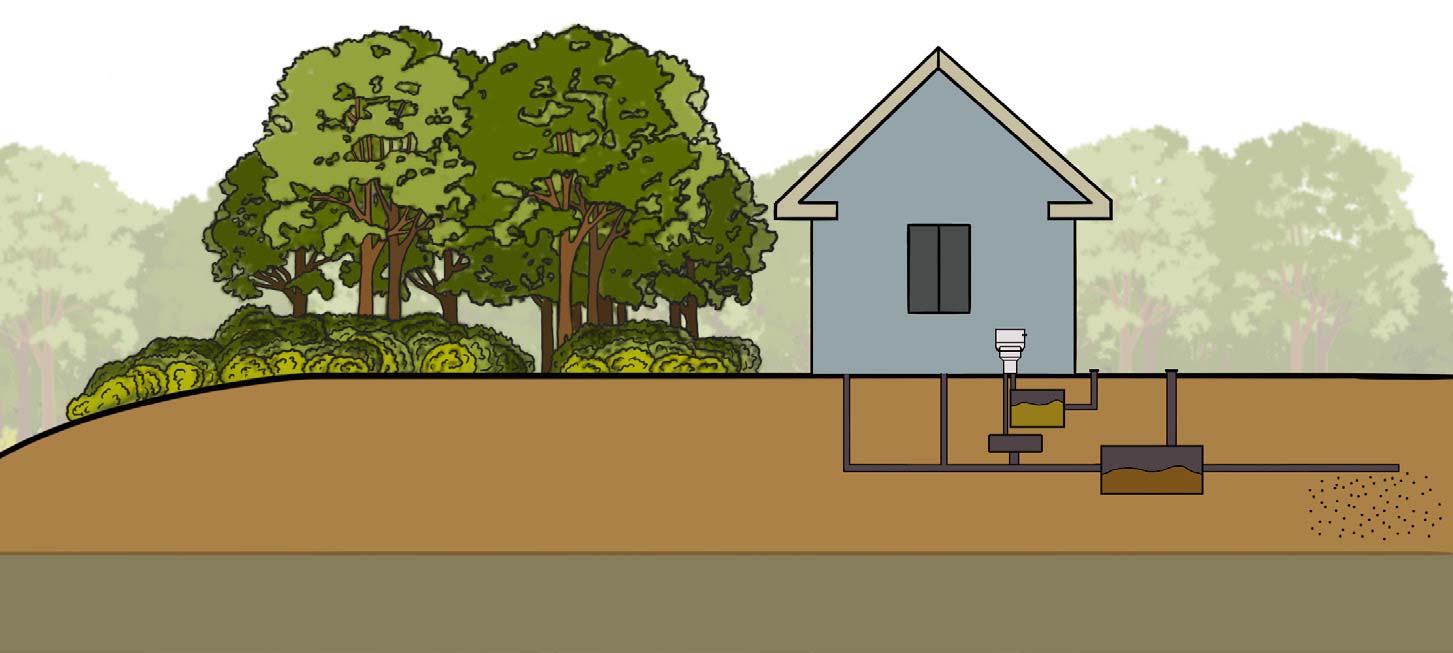
NOTE: Many of these solutions may require local permitting. Please check with your conservation office prior to any activity.
Download Full Fact Sheet | Download Complete Set of All Fact Sheets
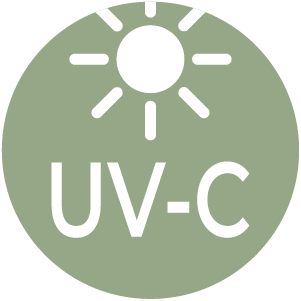 UV-C Light Exposure
UV-C Light Exposure 
STRATEGY: Reduce excess levels of nuisance or invasive aquatic species.
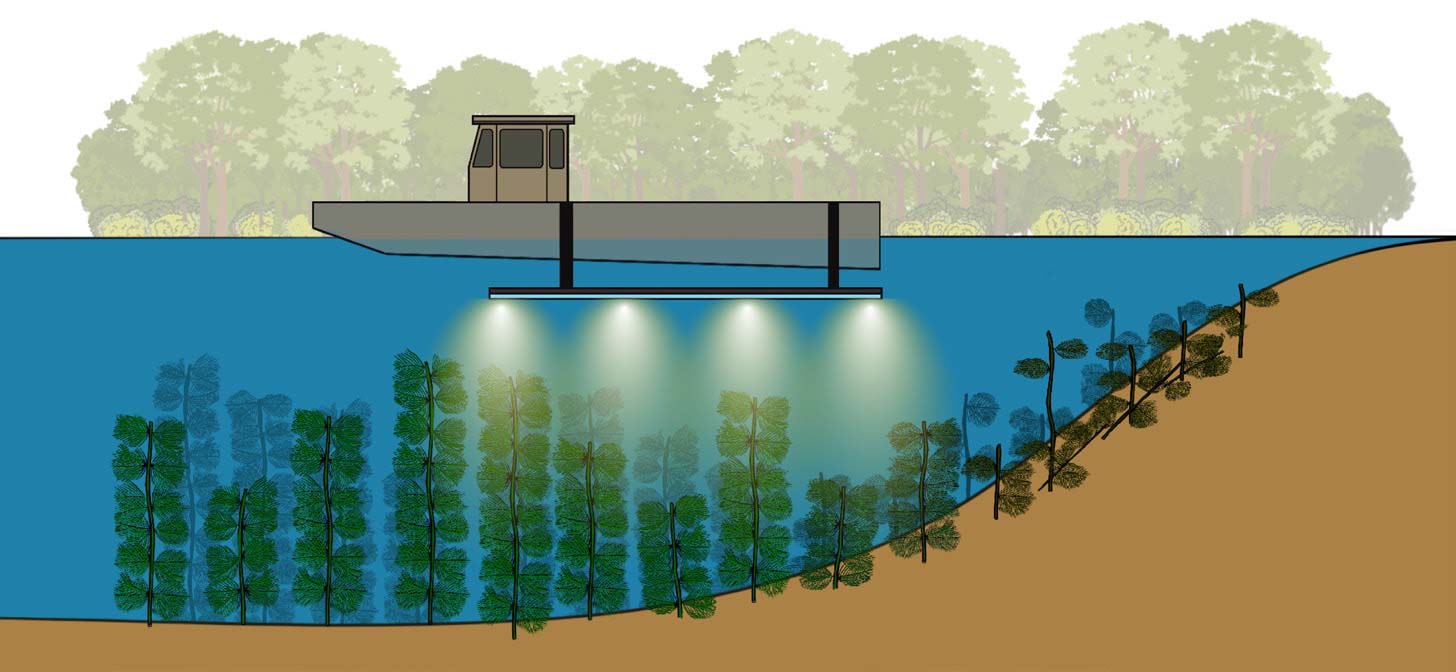
NOTE: Many of these solutions may require local permitting. Please check with your conservation office prior to any activity.
Download Full Fact Sheet | Download Complete Set of All Fact Sheets
 Vegetation Harvesting
Vegetation Harvesting 
STRATEGY: Reduce excess levels of nuisance or invasive aquatic species. Harvesting also removes the nutrients, primarily phosphorus, stored in the plant structure, thus controlling one contributor that causes excessive rooted vegetation growth.
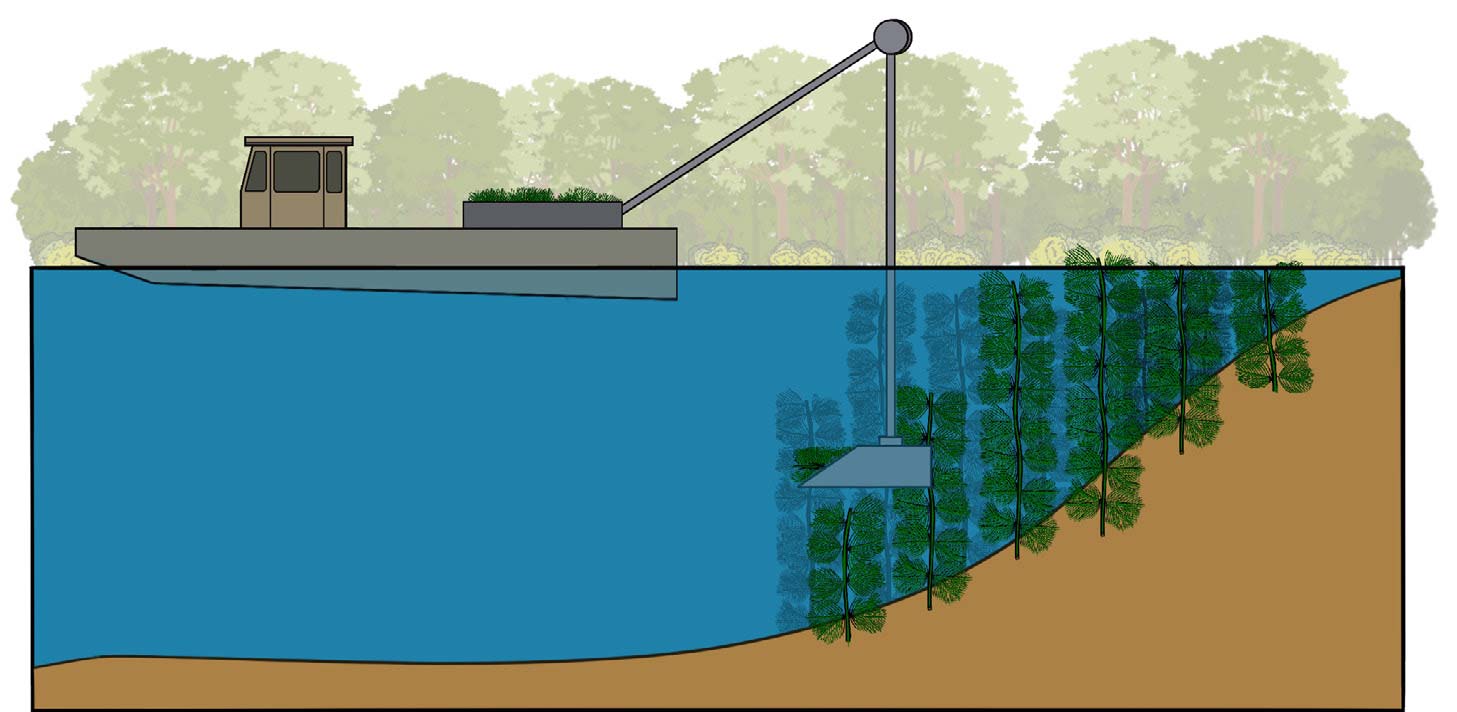
NOTE: Many of these solutions may require local permitting. Please check with your conservation office prior to any activity.
Download Full Fact Sheet | Download Complete Set of All Fact Sheets
 Water Drawdown
Water Drawdown 
STRATEGY: Reduce excess levels of nuisance or invasive aquatic species.
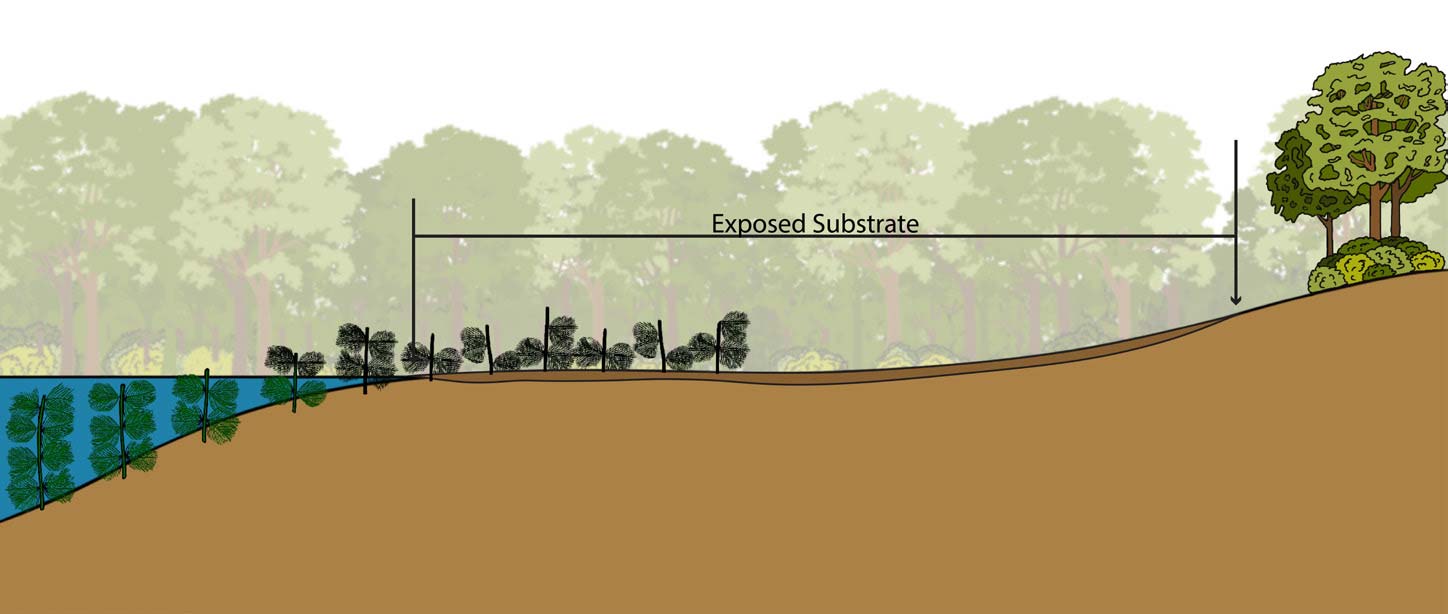
NOTE: Many of these solutions may require local permitting. Please check with your conservation office prior to any activity.
Download Full Fact Sheet | Download Complete Set of All Fact Sheets
 Waterfowl Management
Waterfowl Management 
STRATEGY: Reduce nutrients and pathogens from bird droppings from entering ponds.
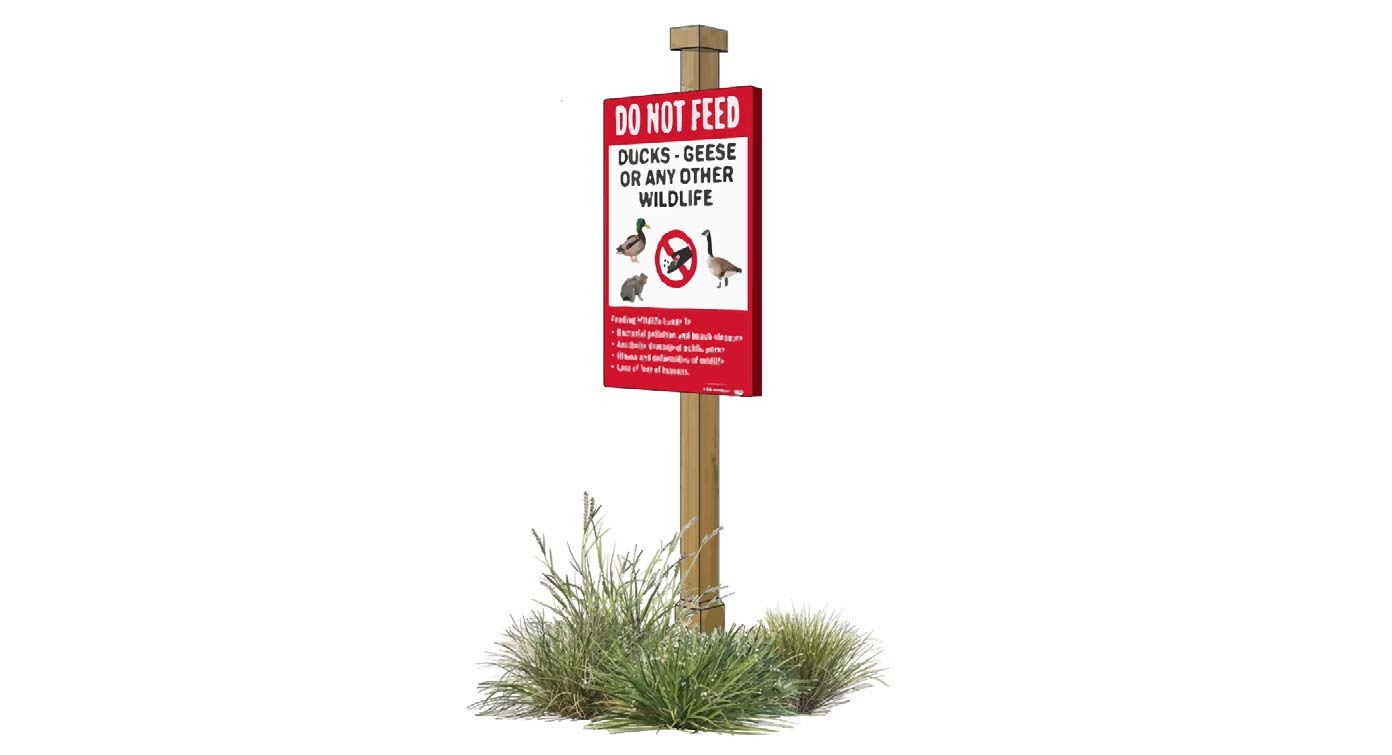
NOTE: Many of these solutions may require local permitting. Please check with your conservation office prior to any activity.
Download Full Fact Sheet | Download Complete Set of All Fact Sheets
 Watershed Planning
Watershed Planning 
STRATEGY: Understand and address freshwater ponds in the context of the larger watershed. A general goal of watershed management is to plan and work toward an environmentally and economically healthy watershed that benefits all who have a stake in it.
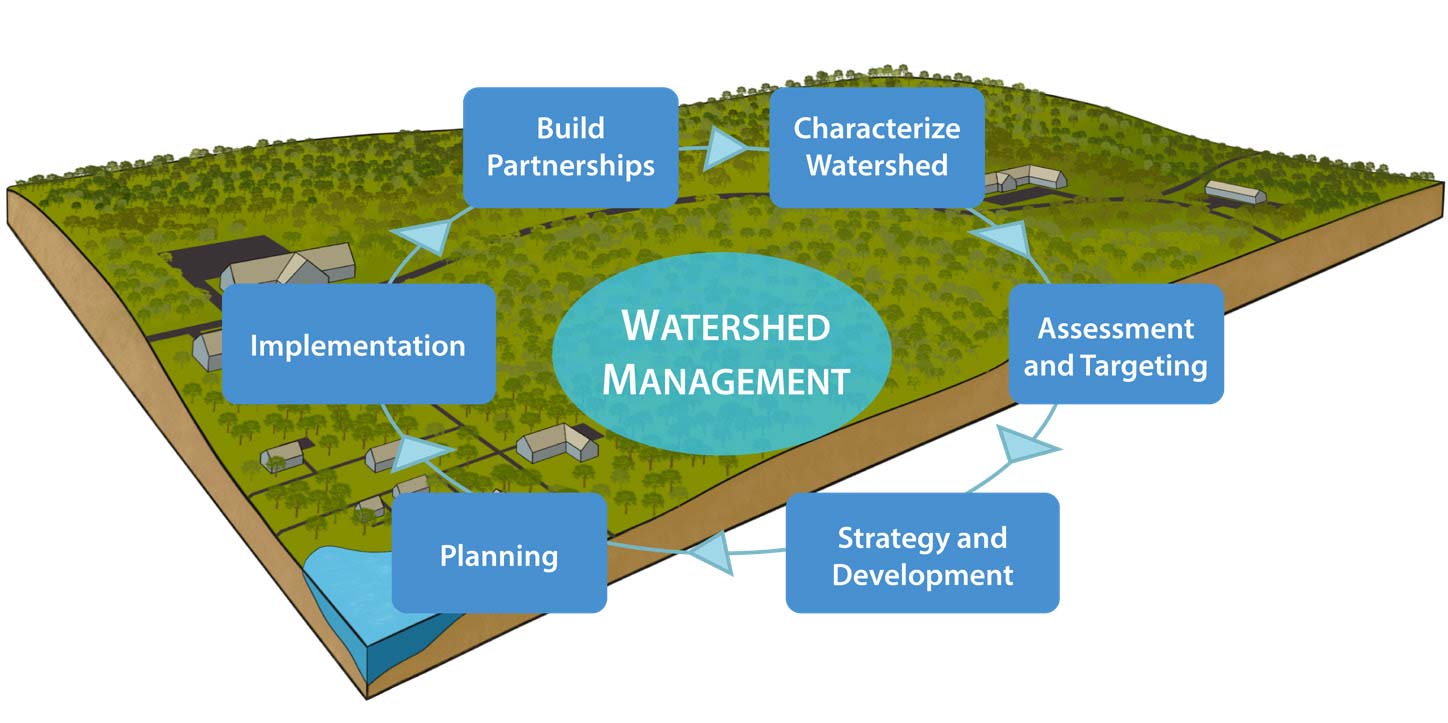
NOTE: Many of these solutions may require local permitting. Please check with your conservation office prior to any activity.
Download Full Fact Sheet | Download Complete Set of All Fact Sheets